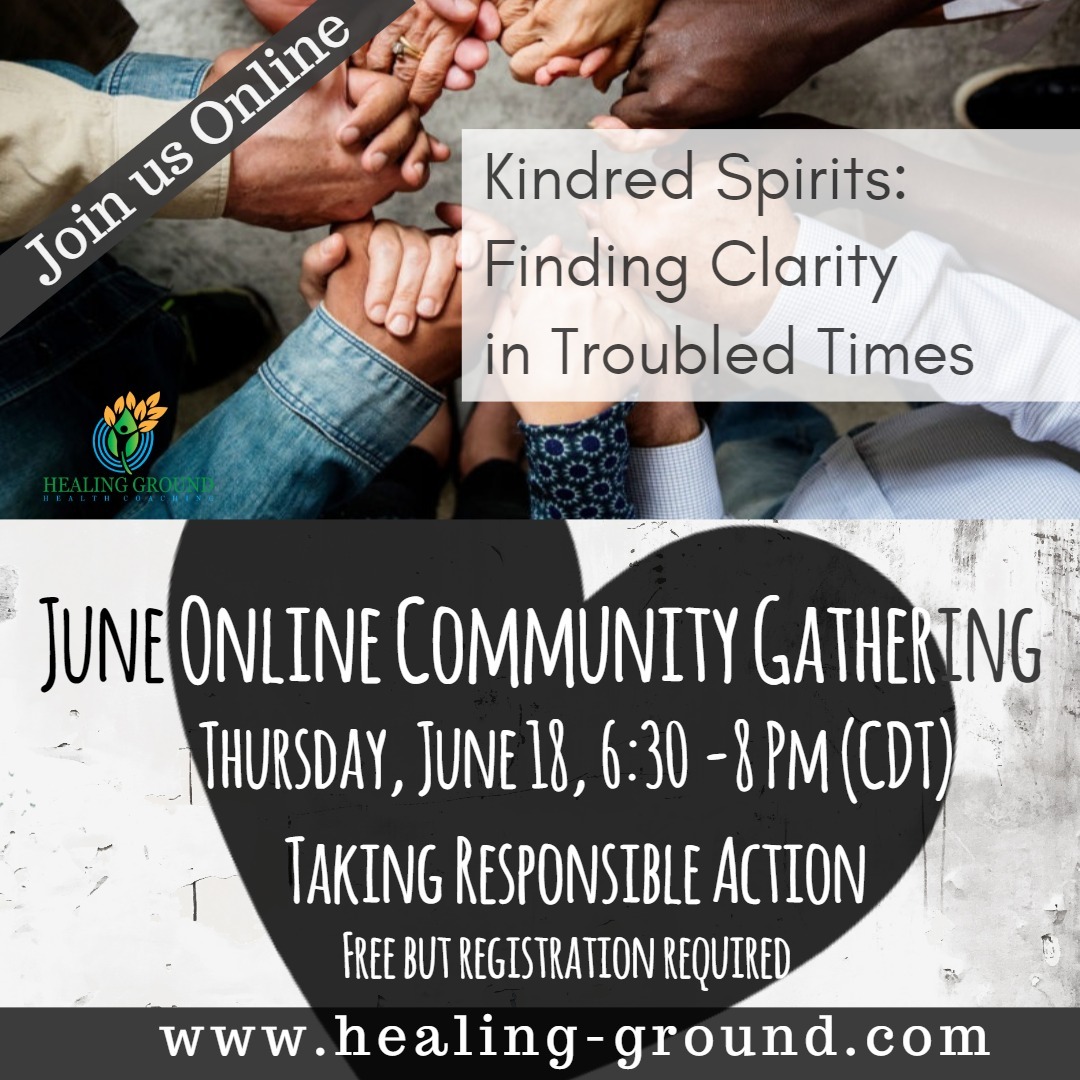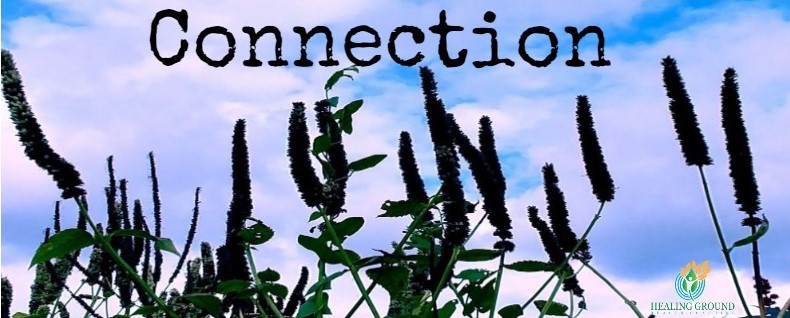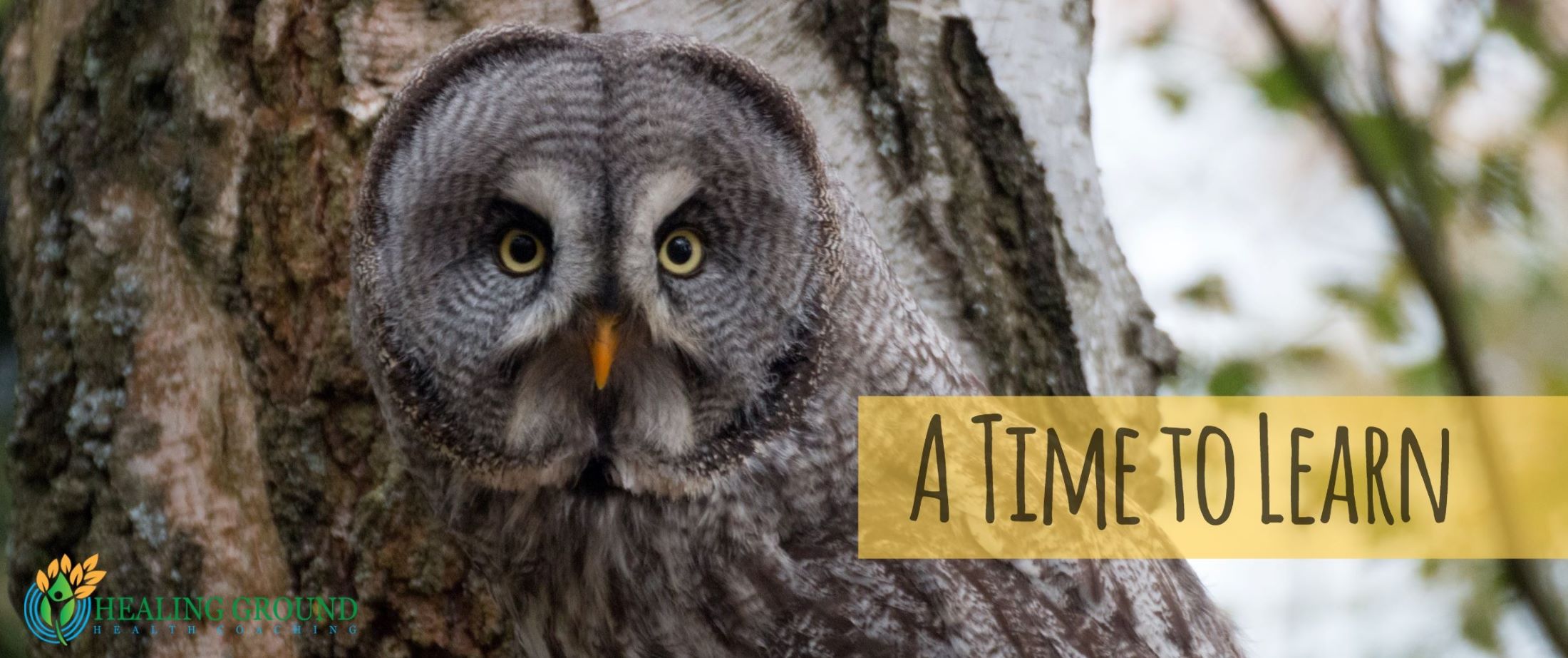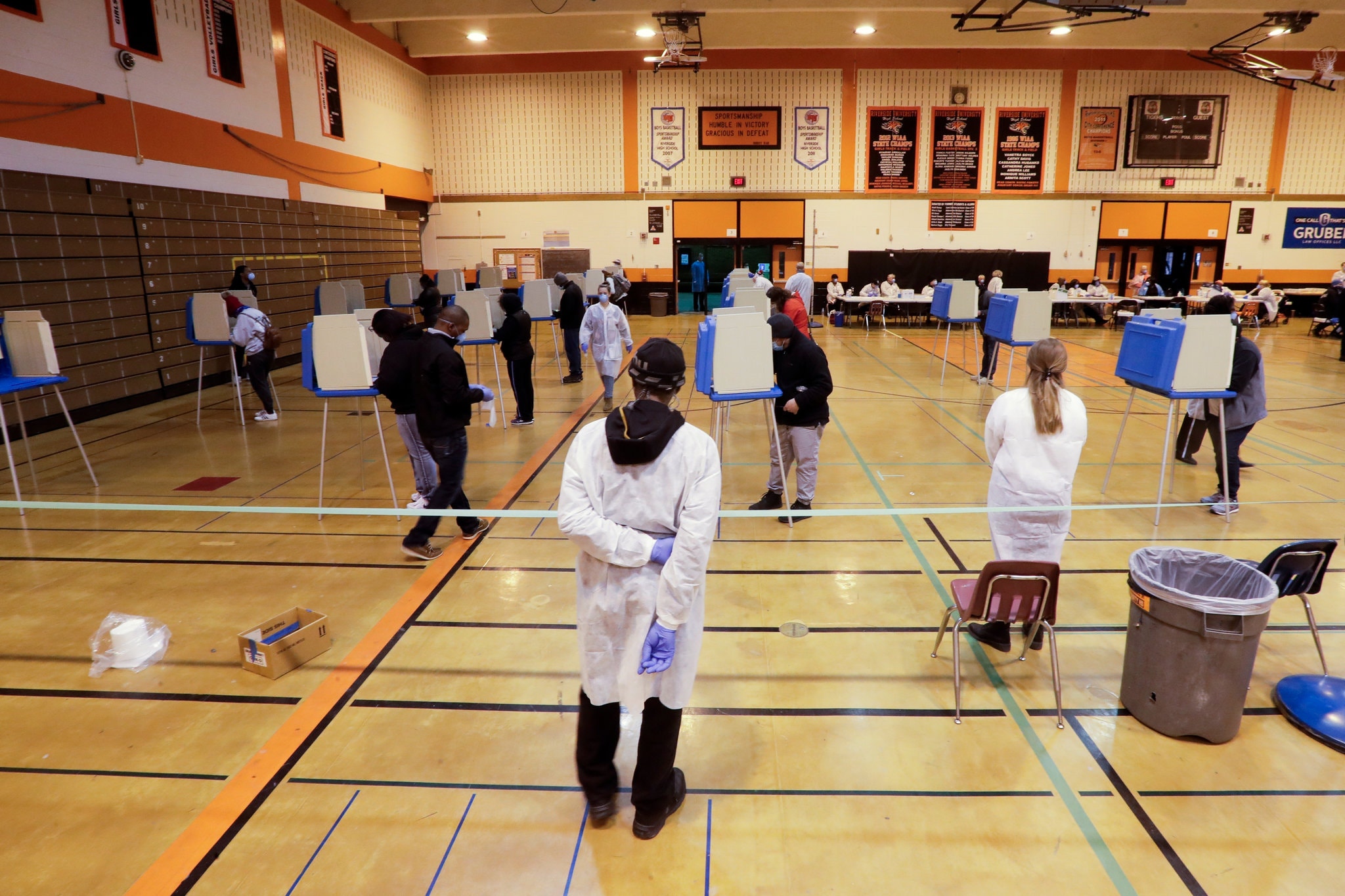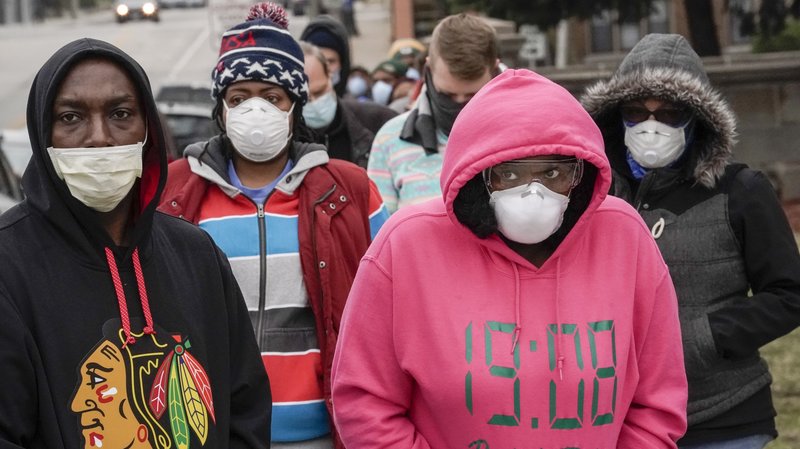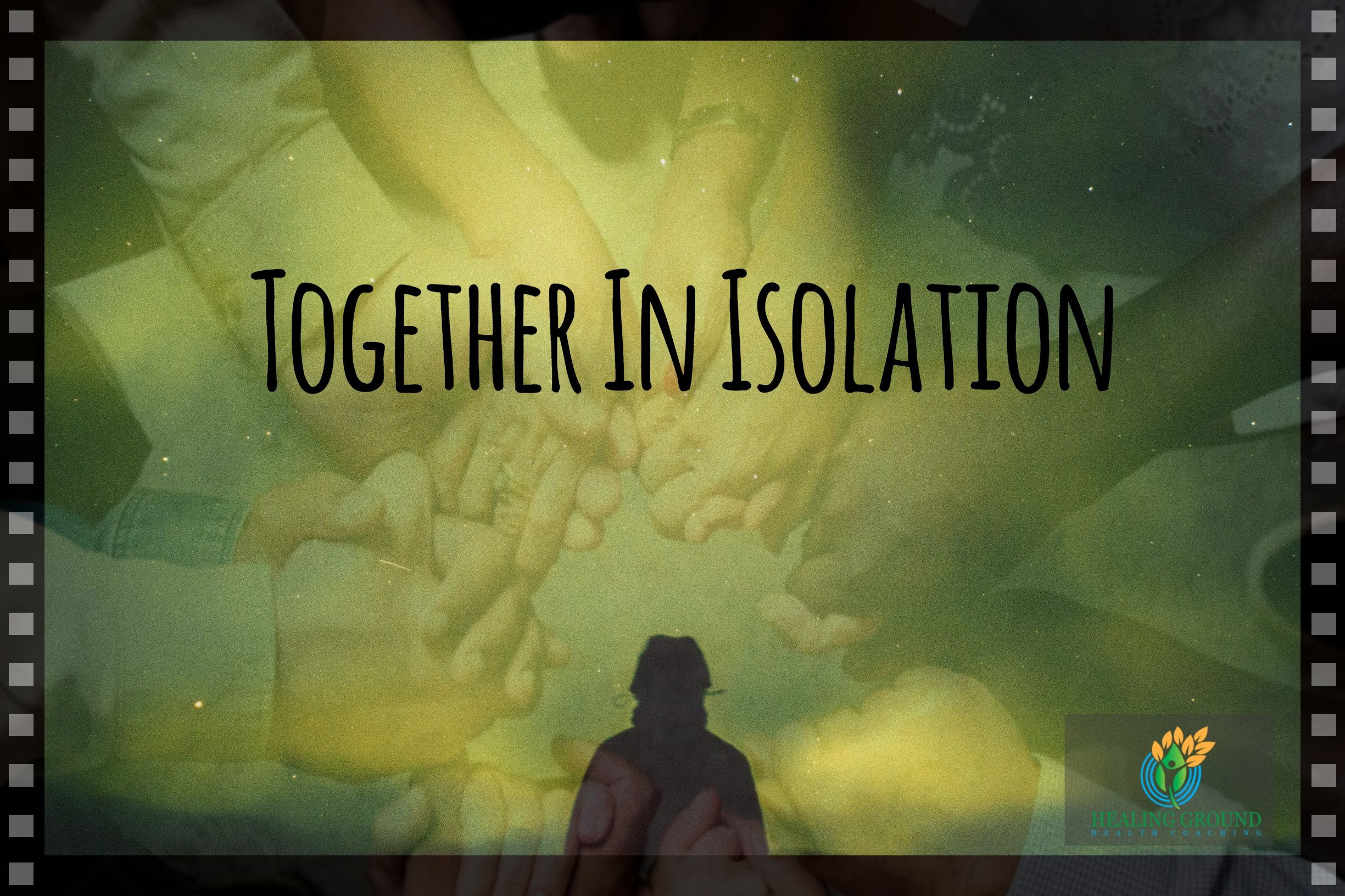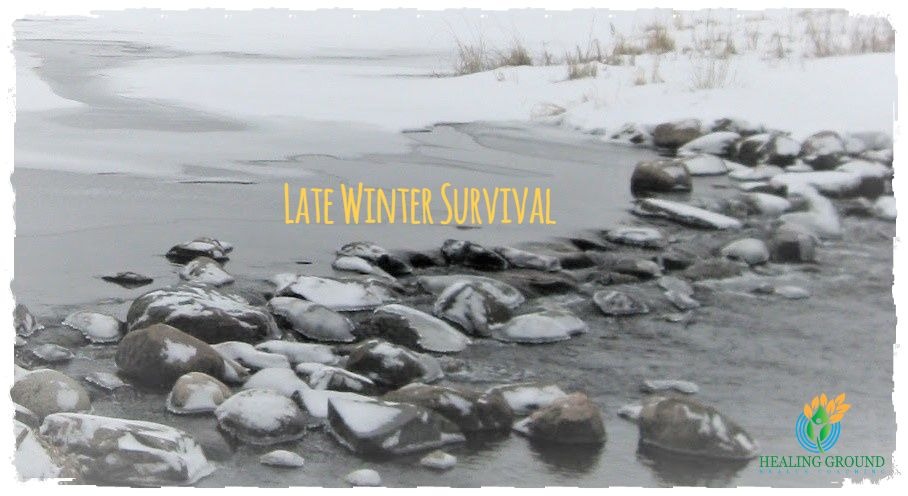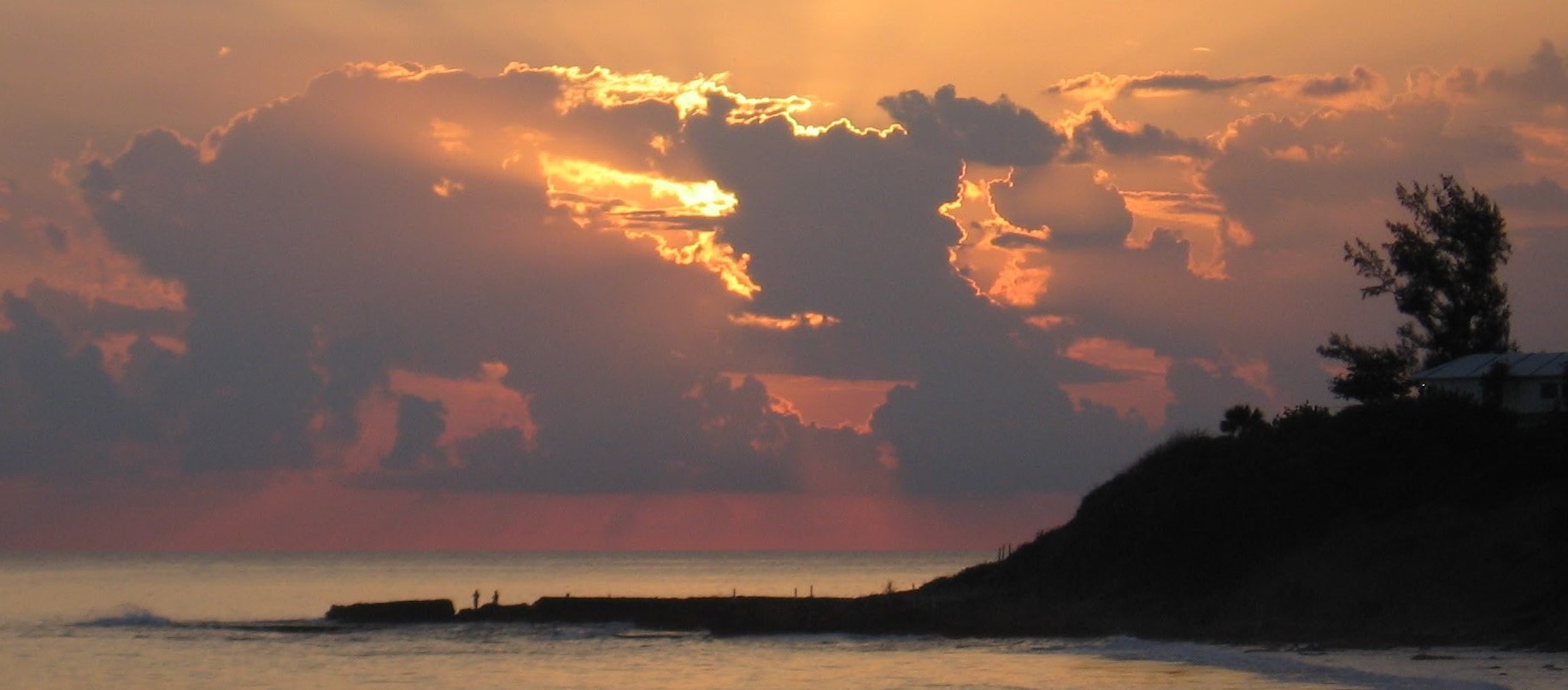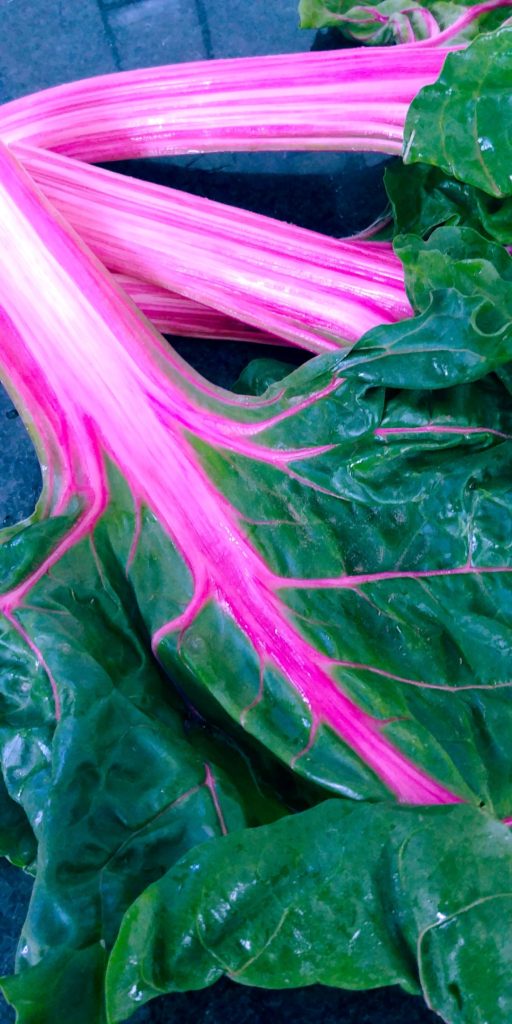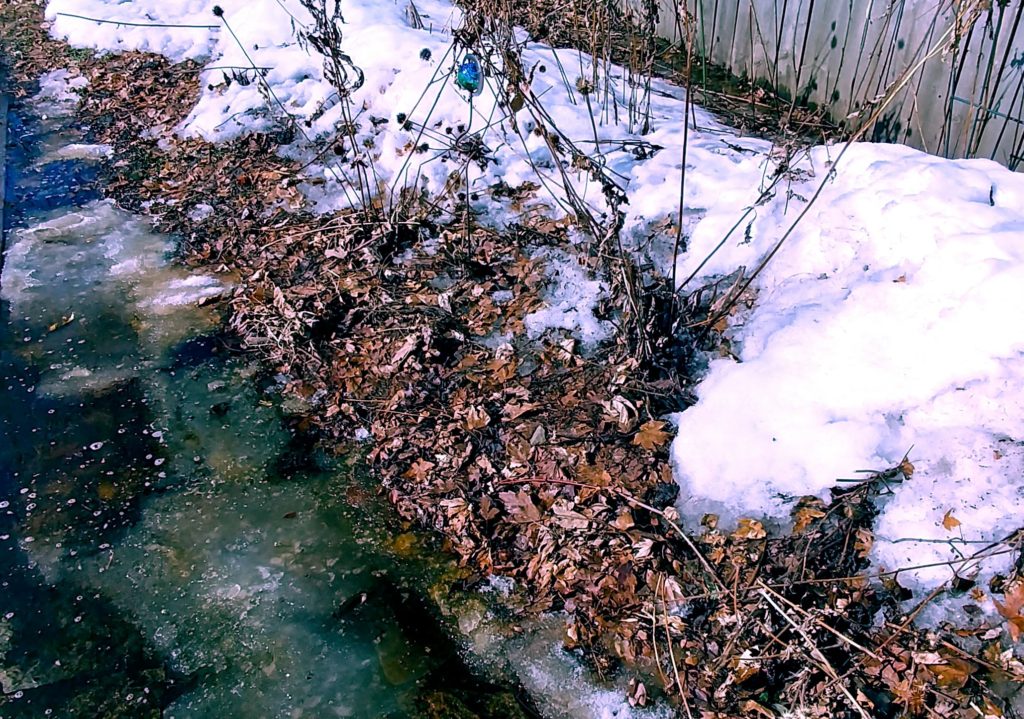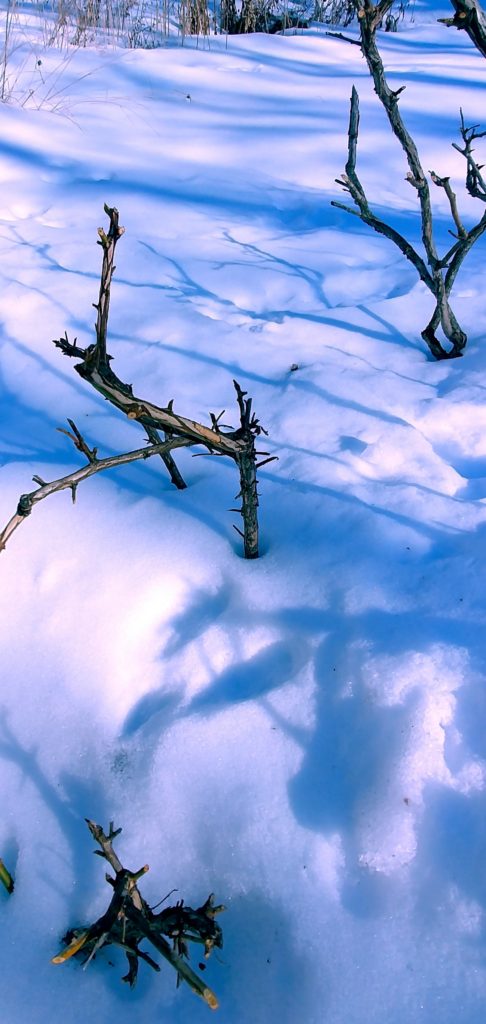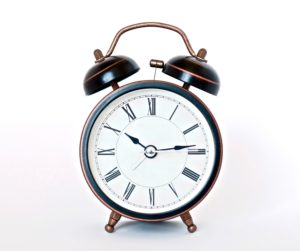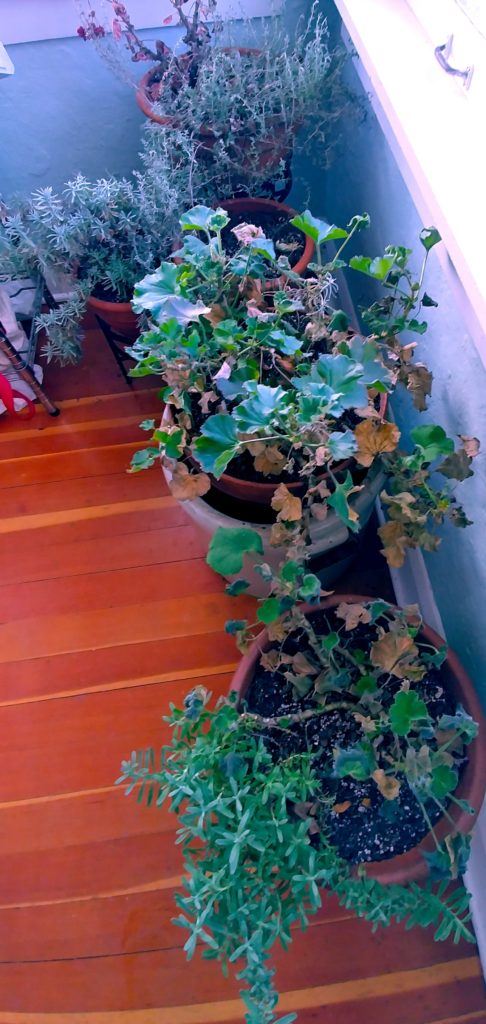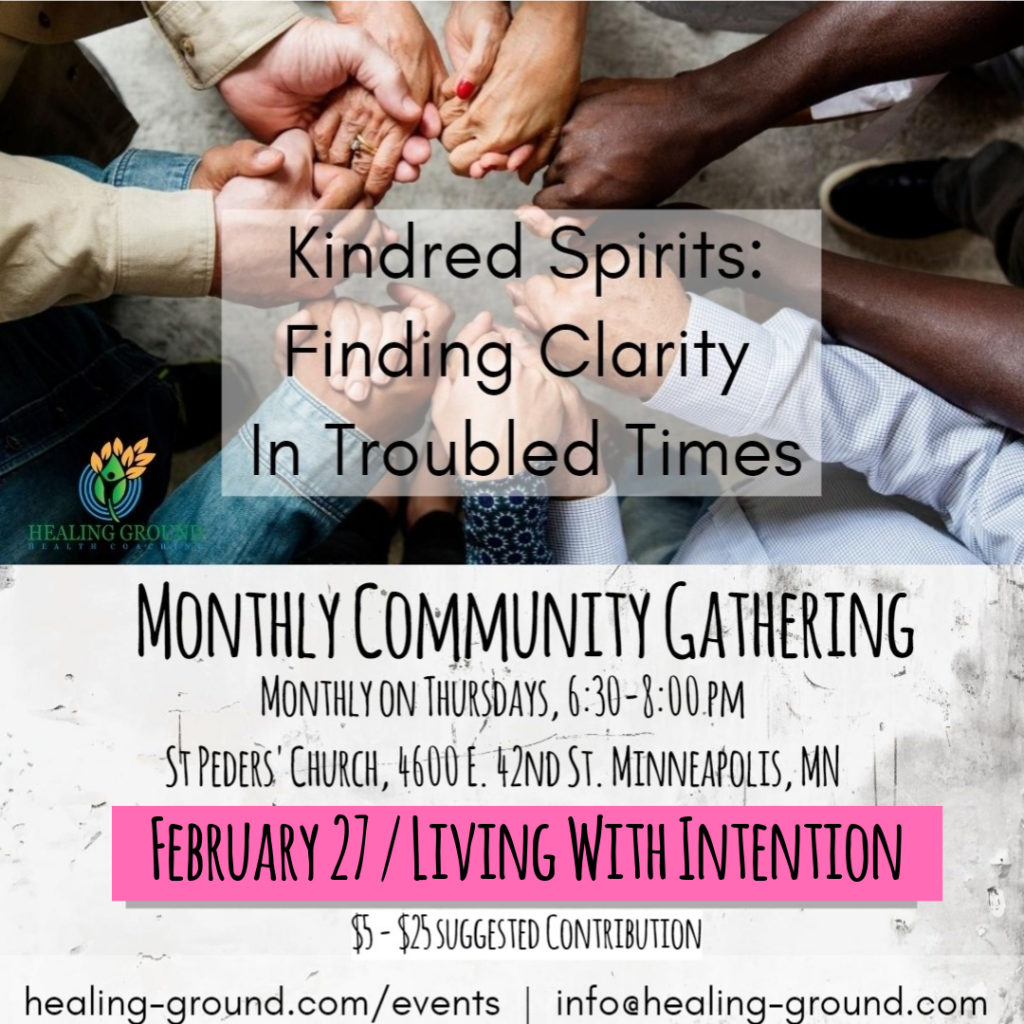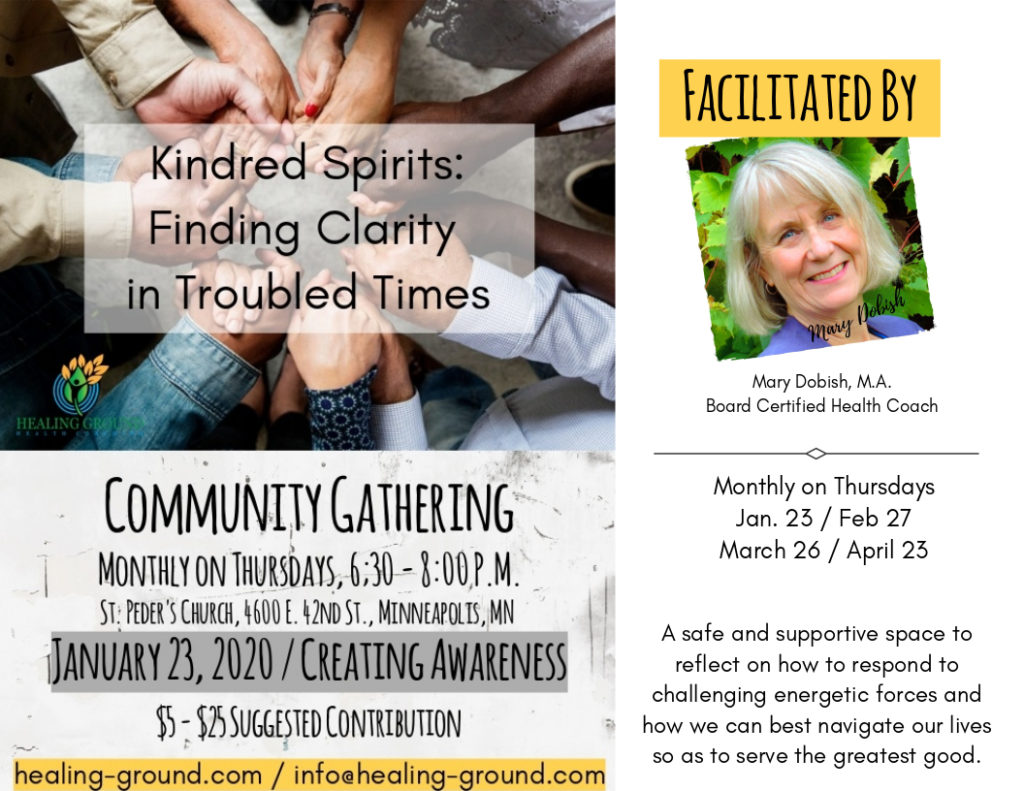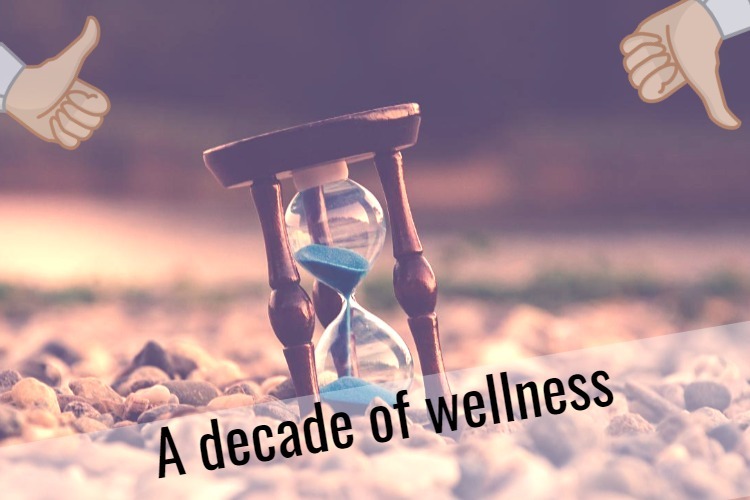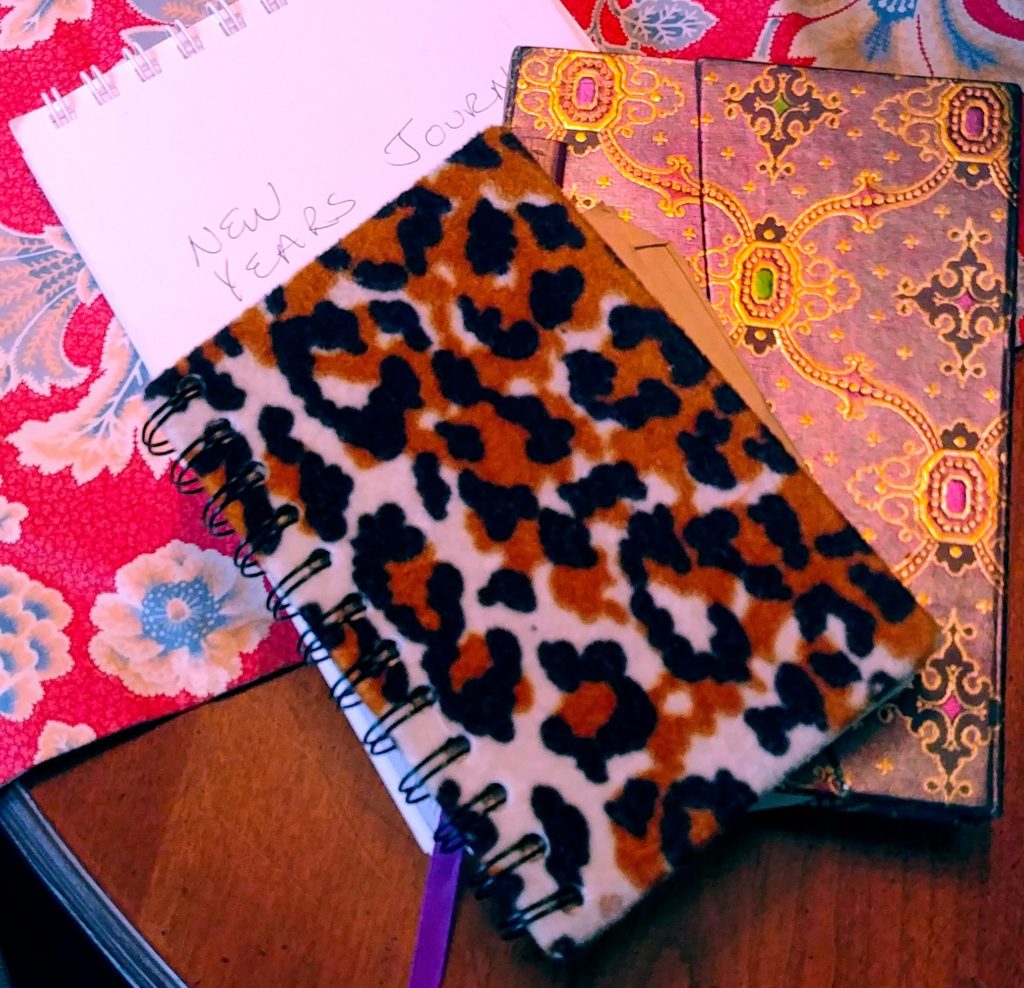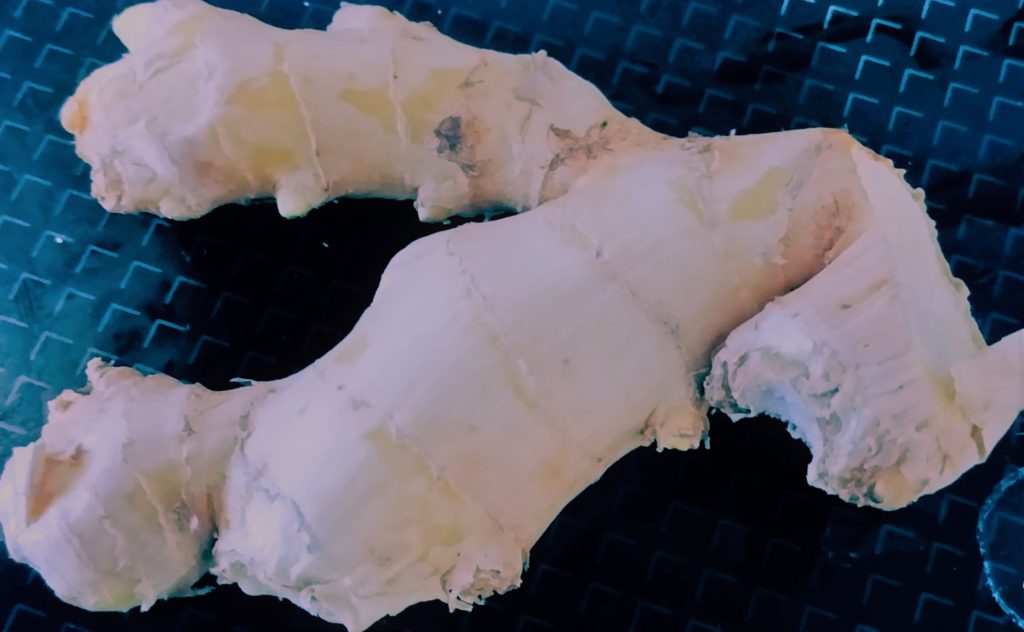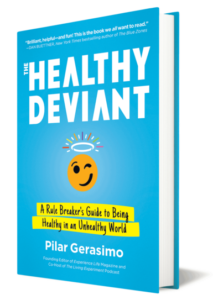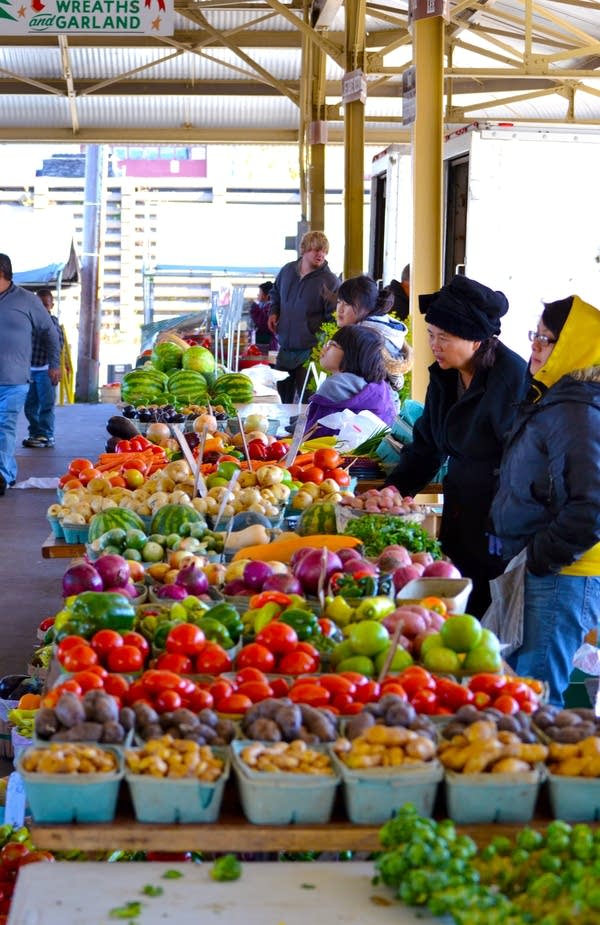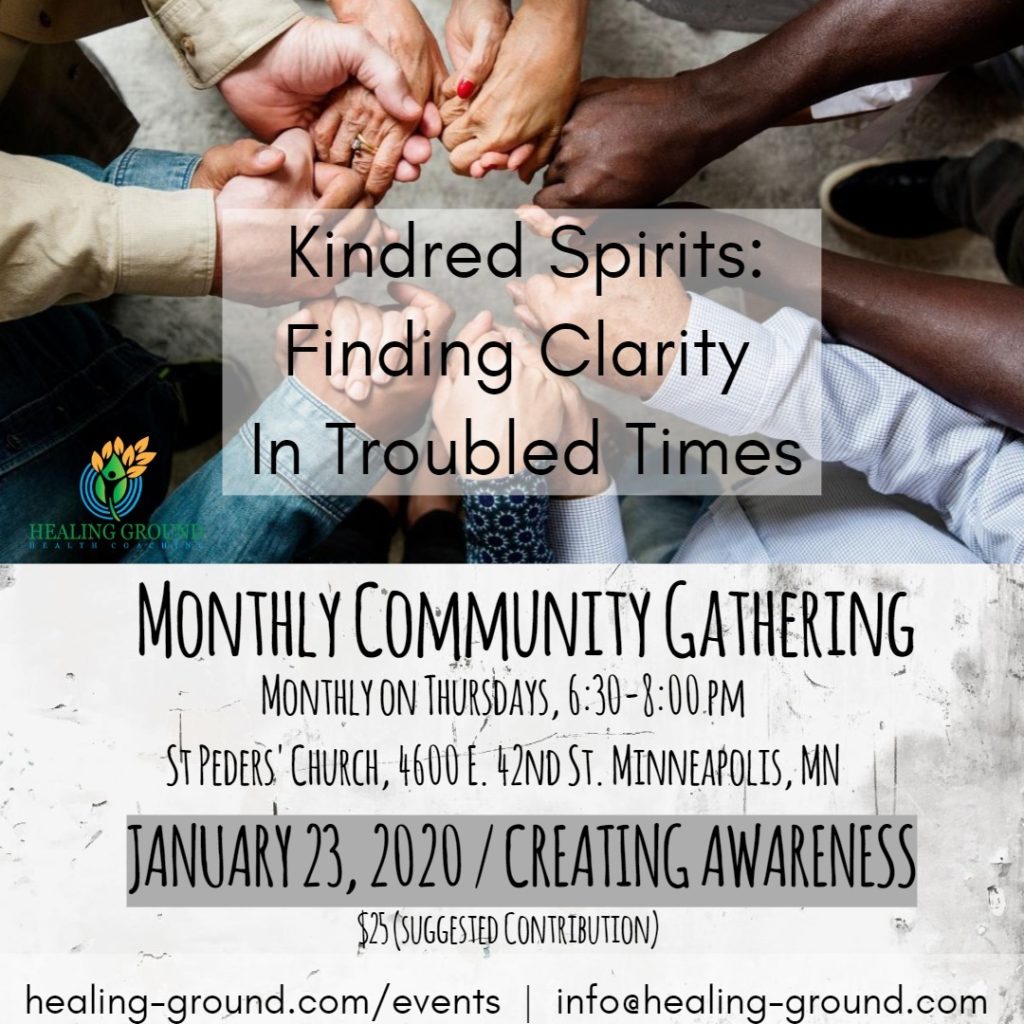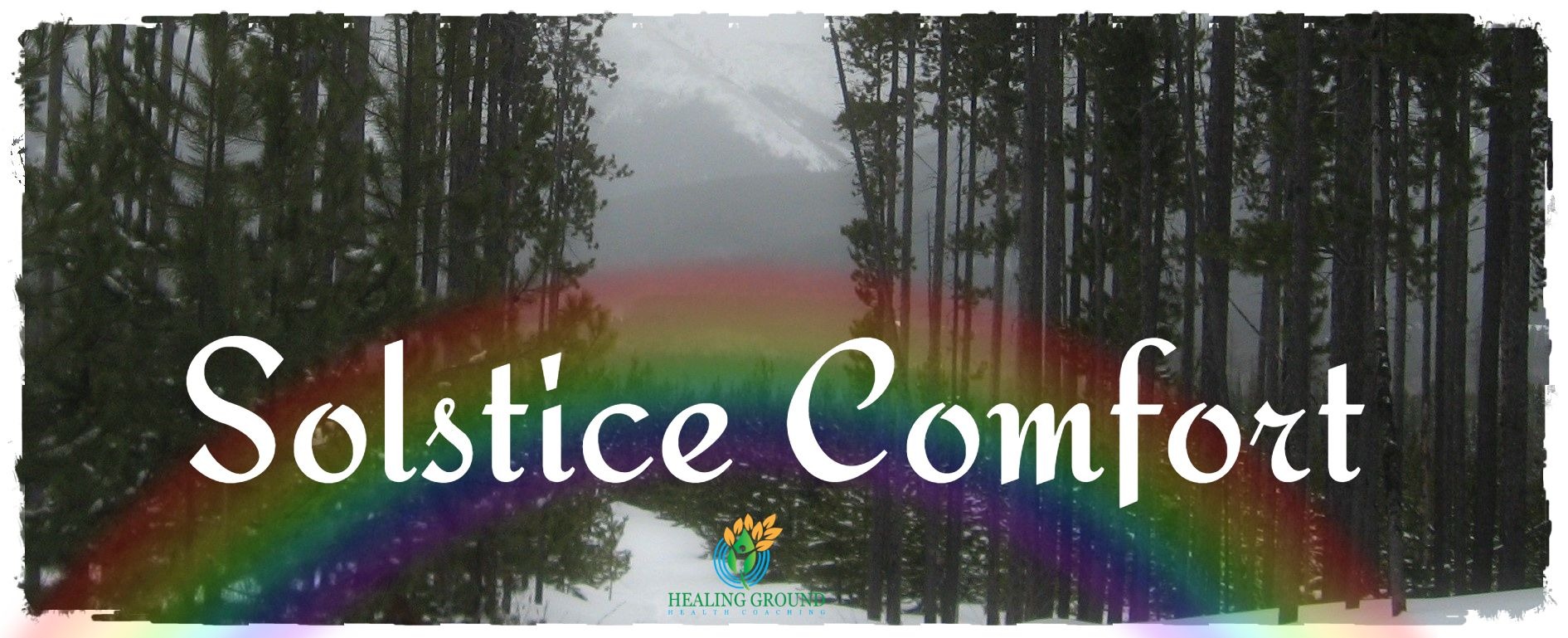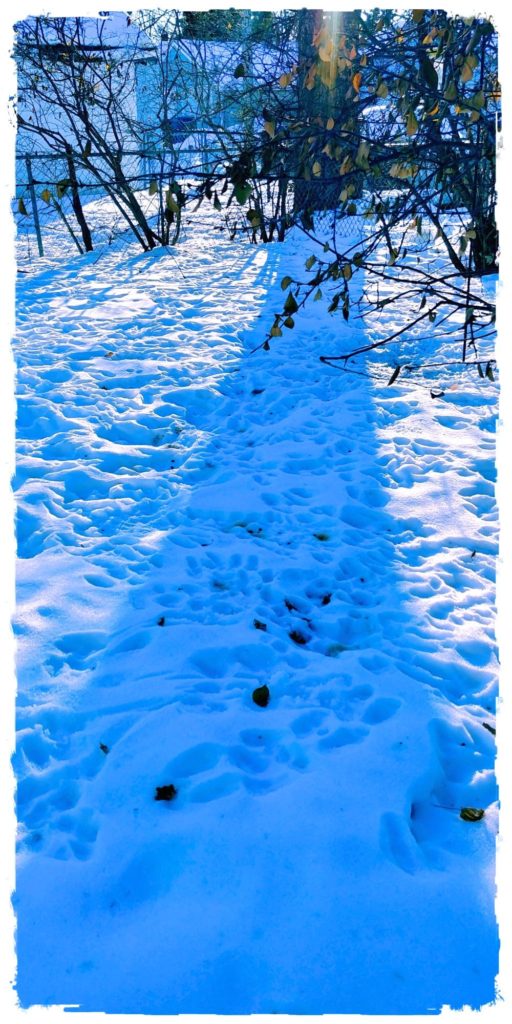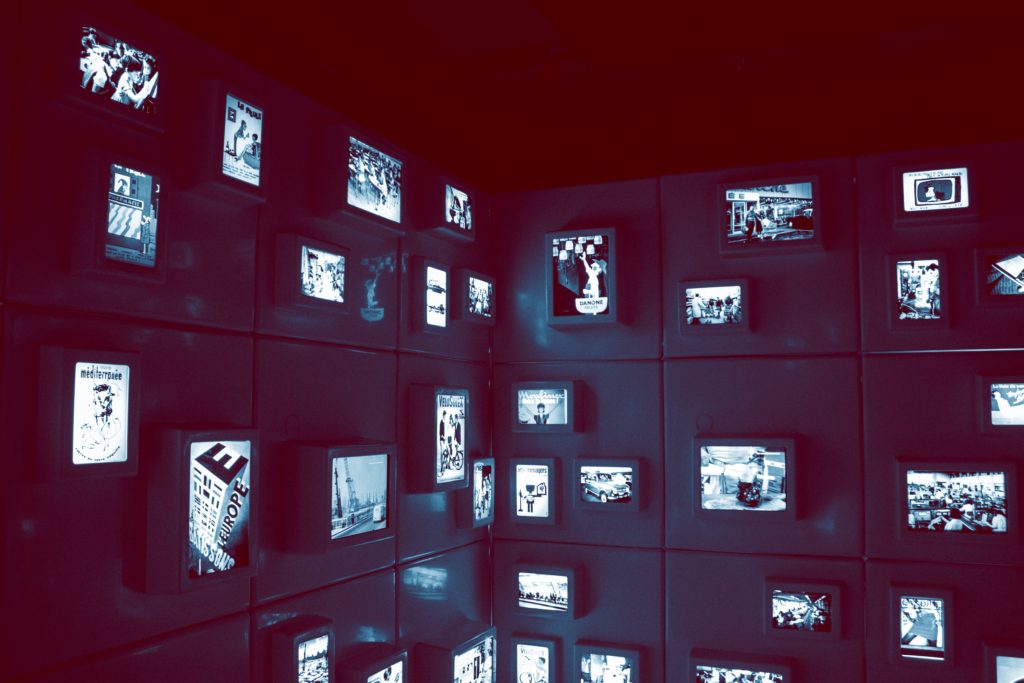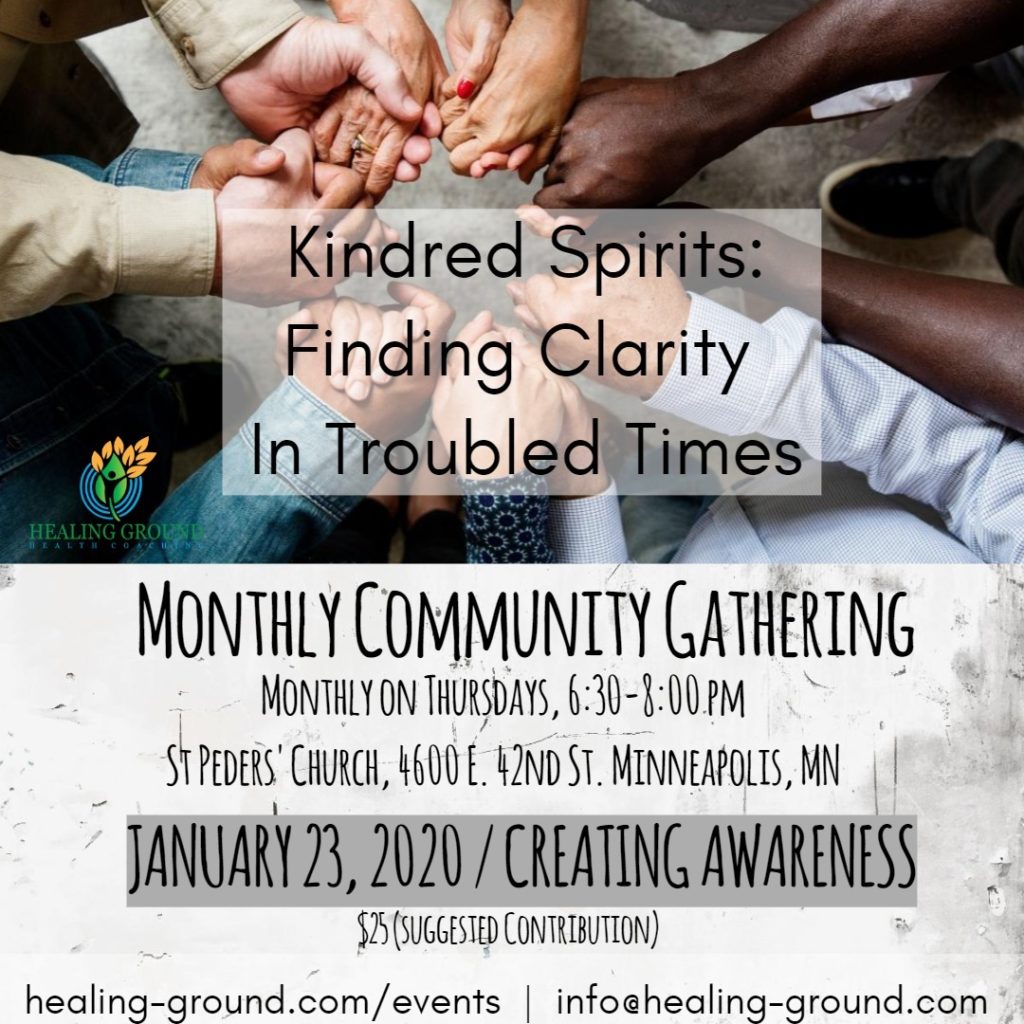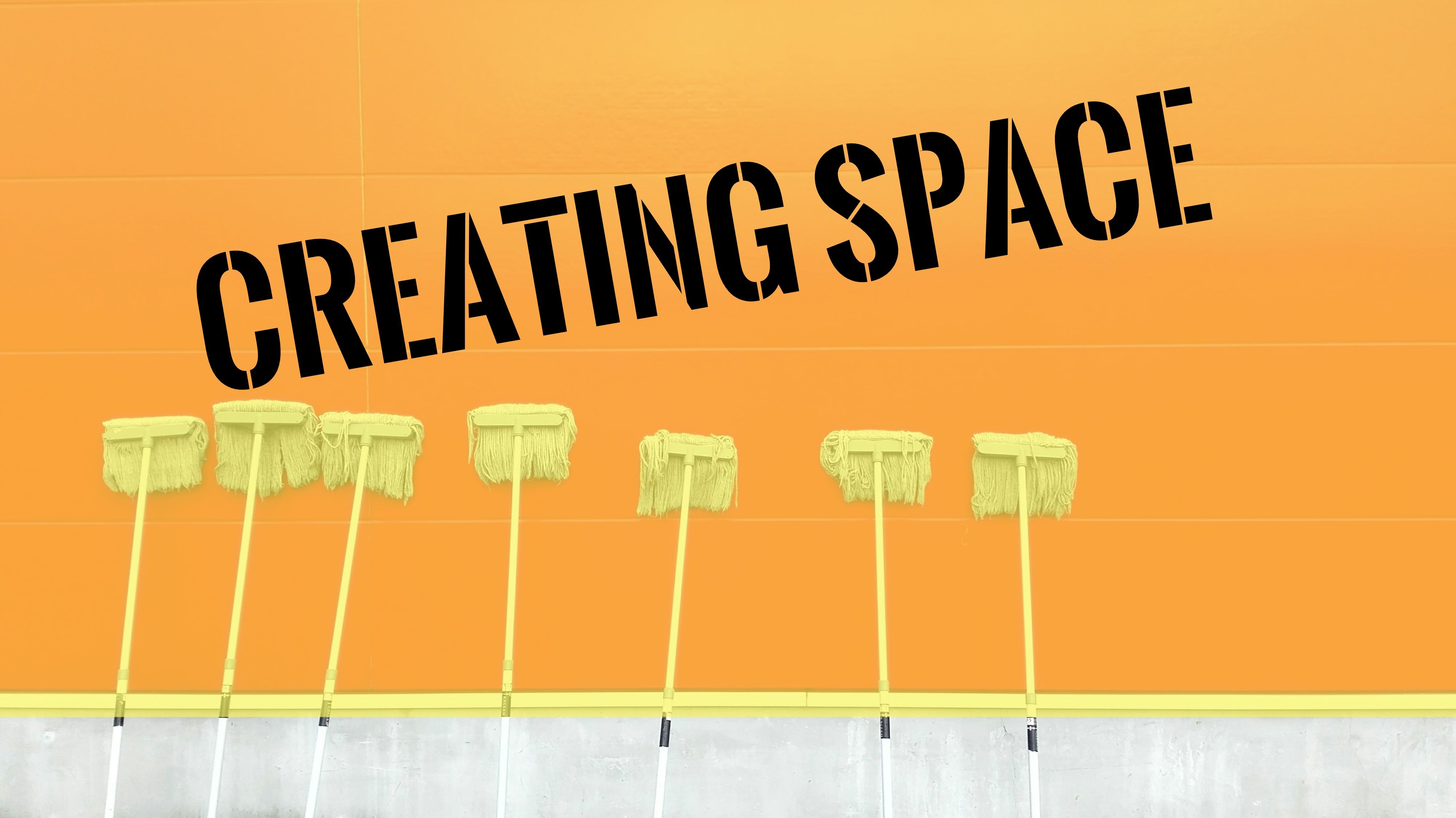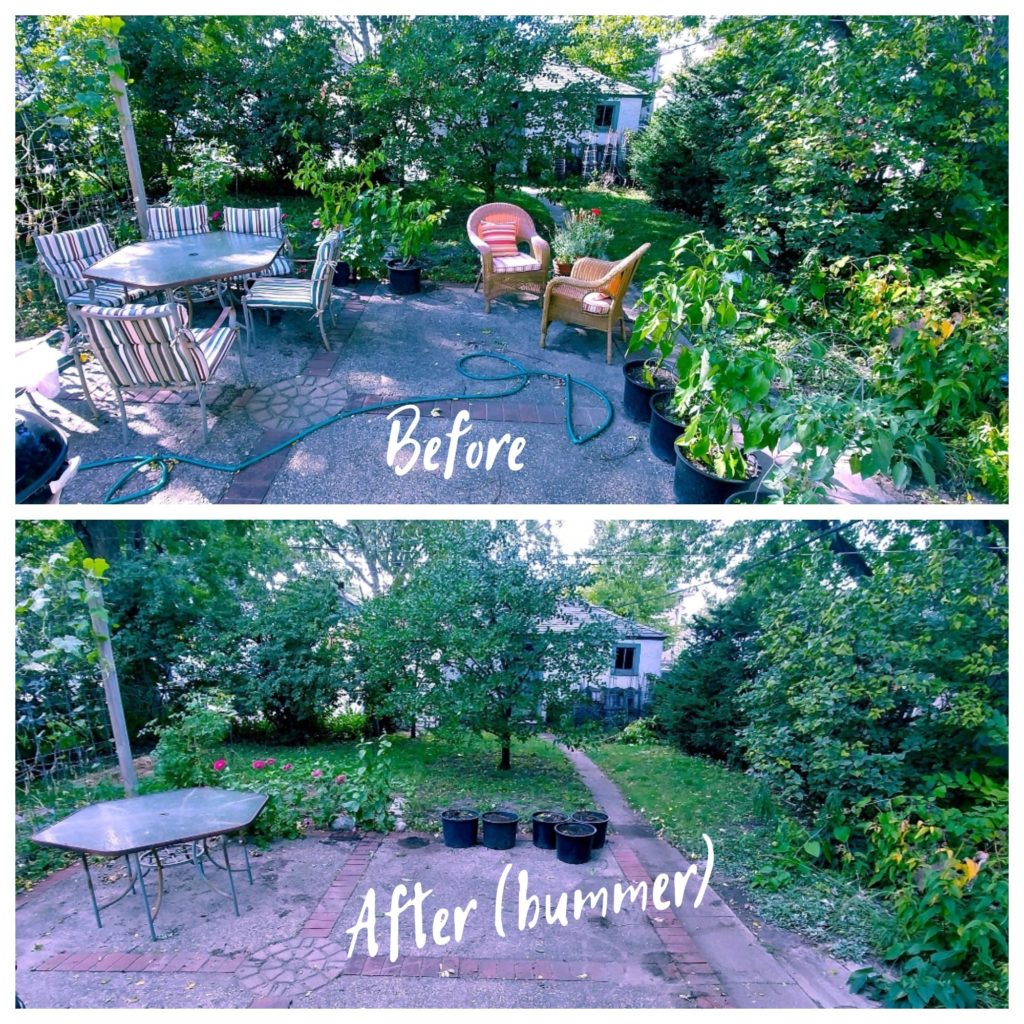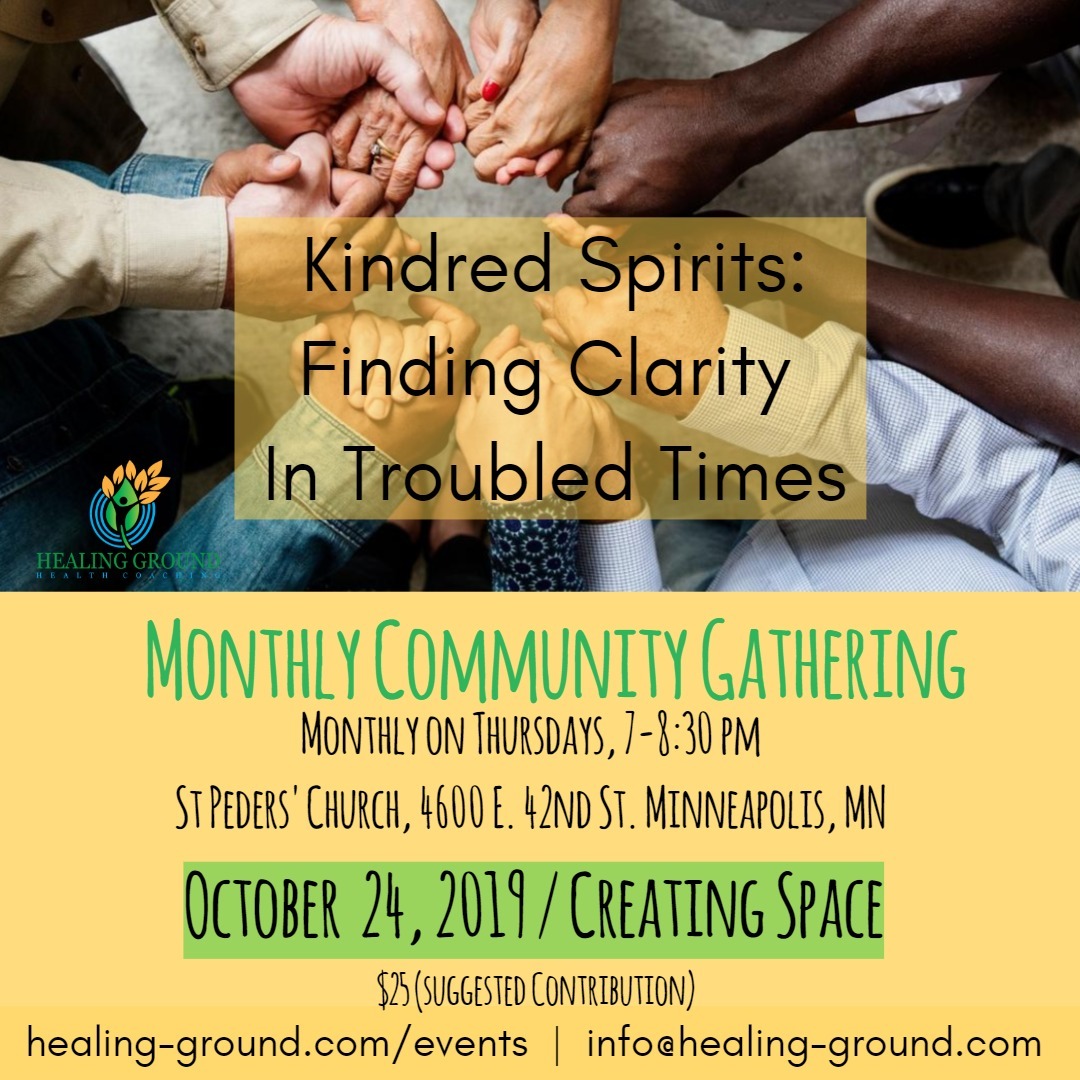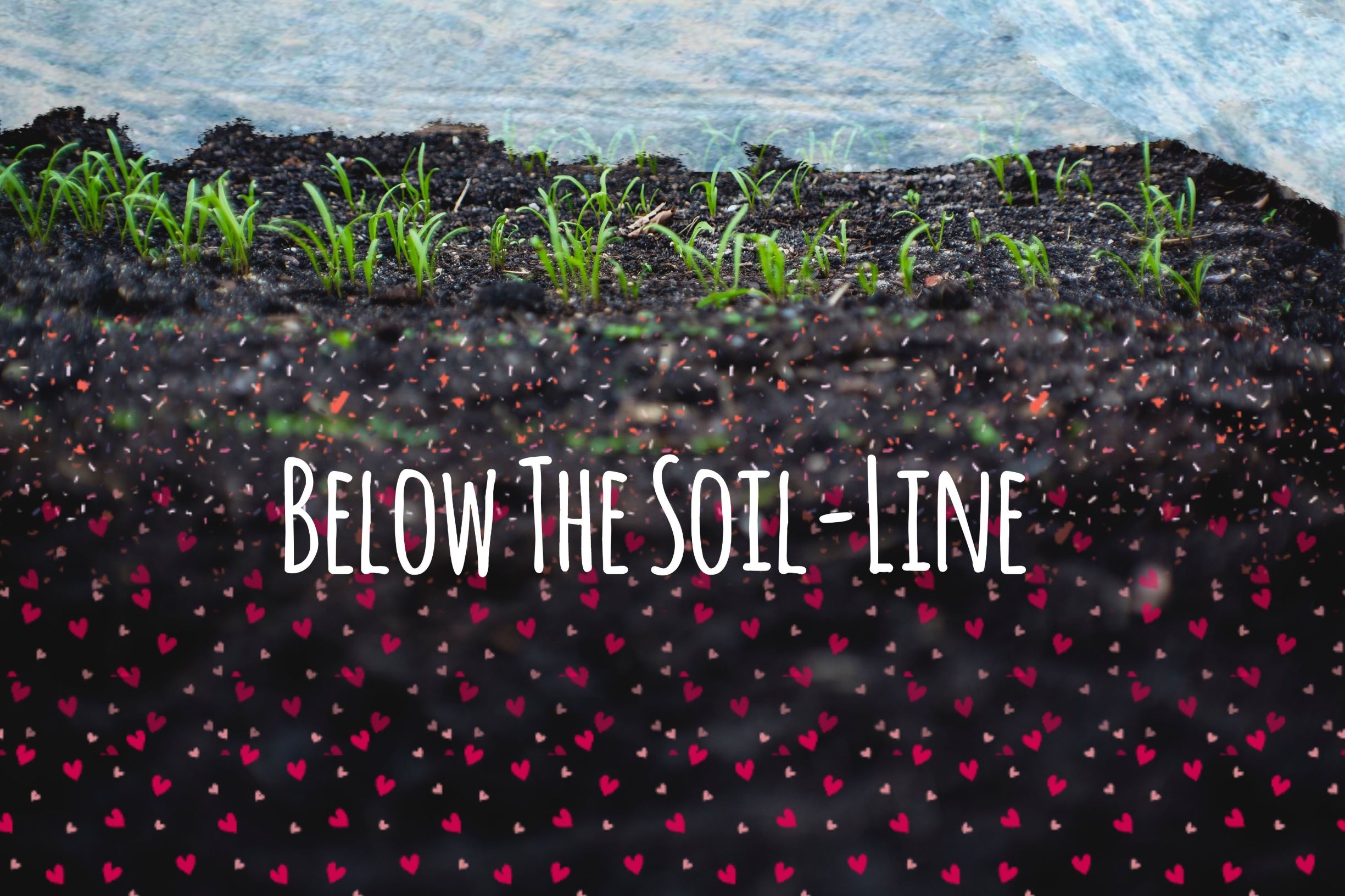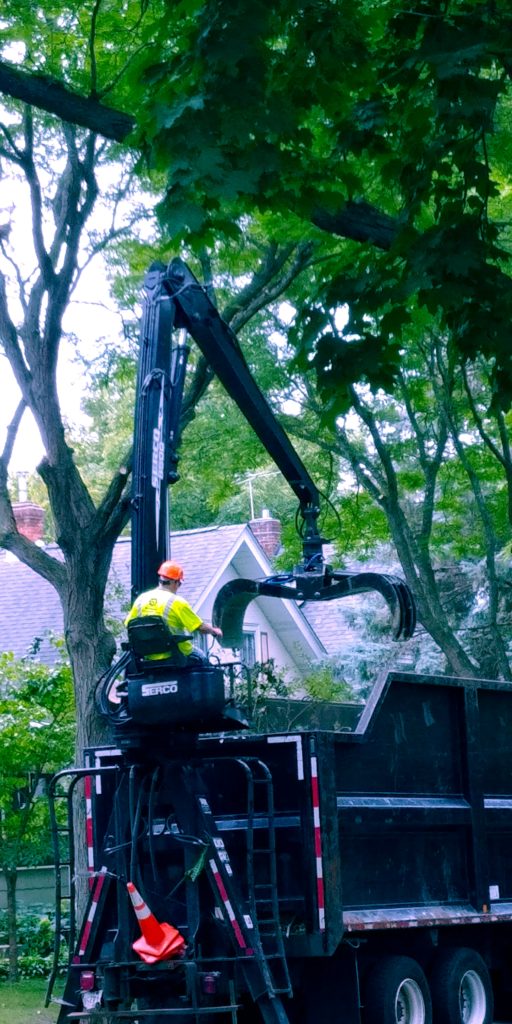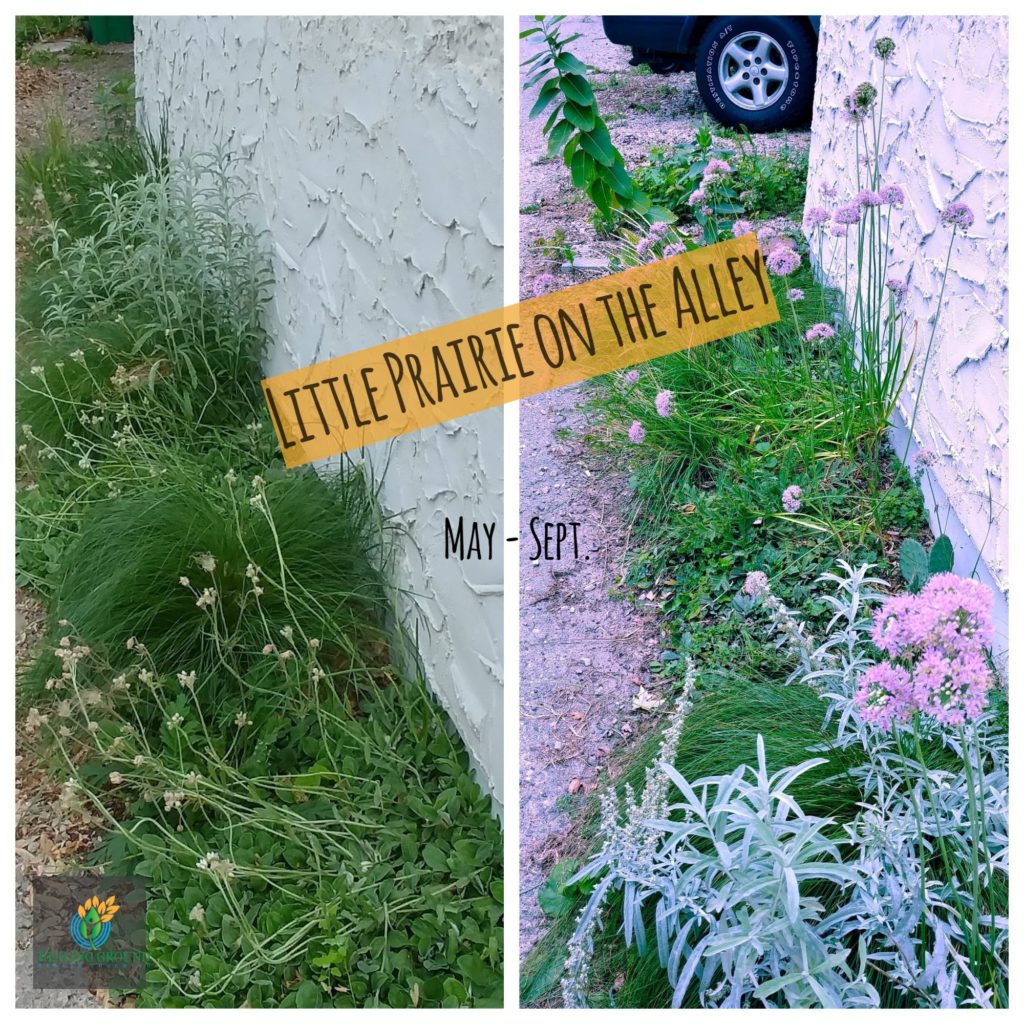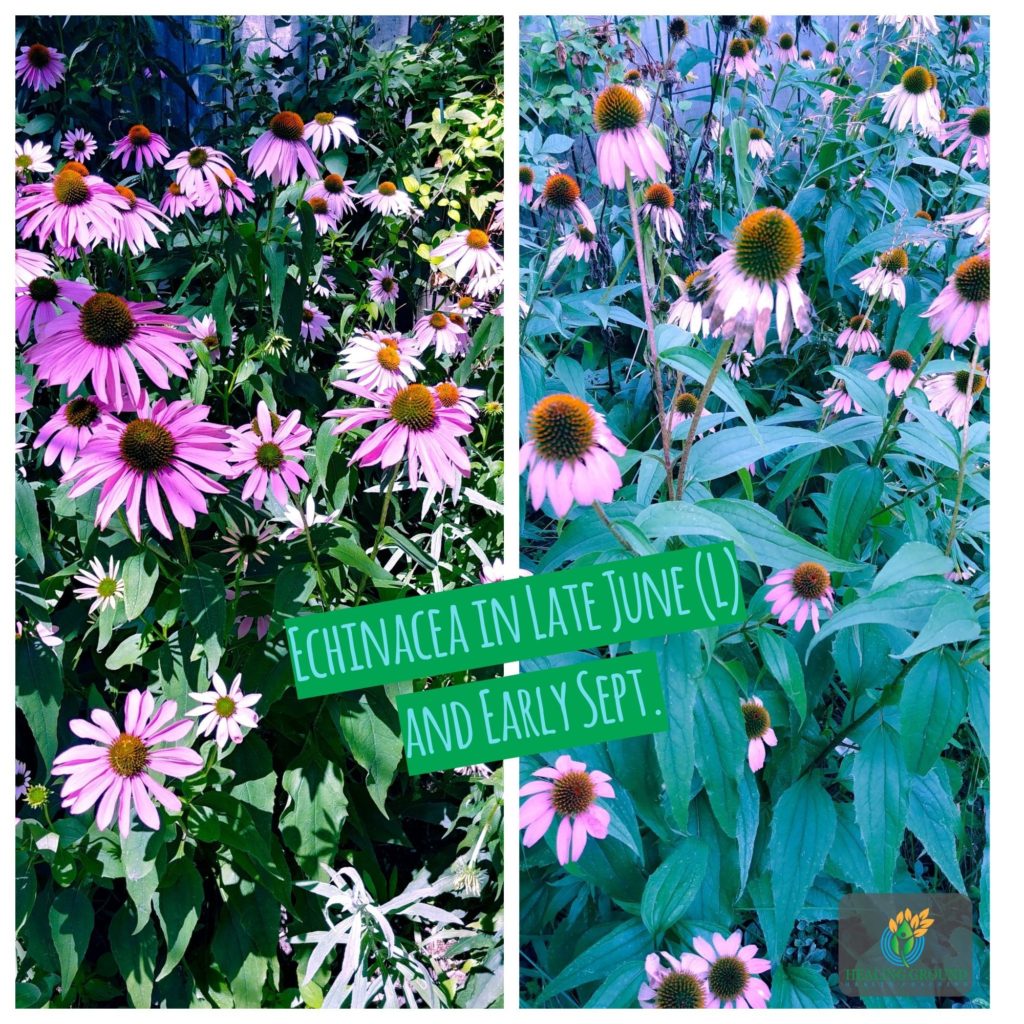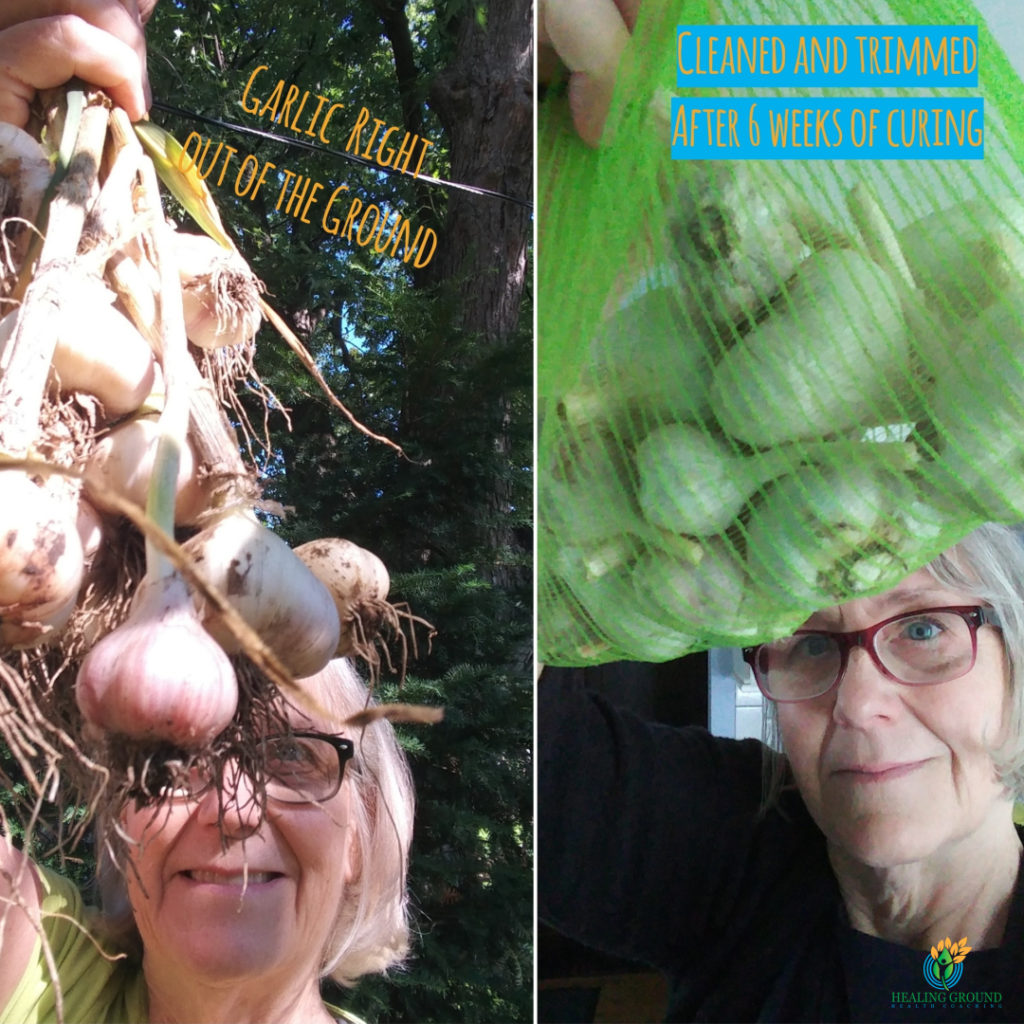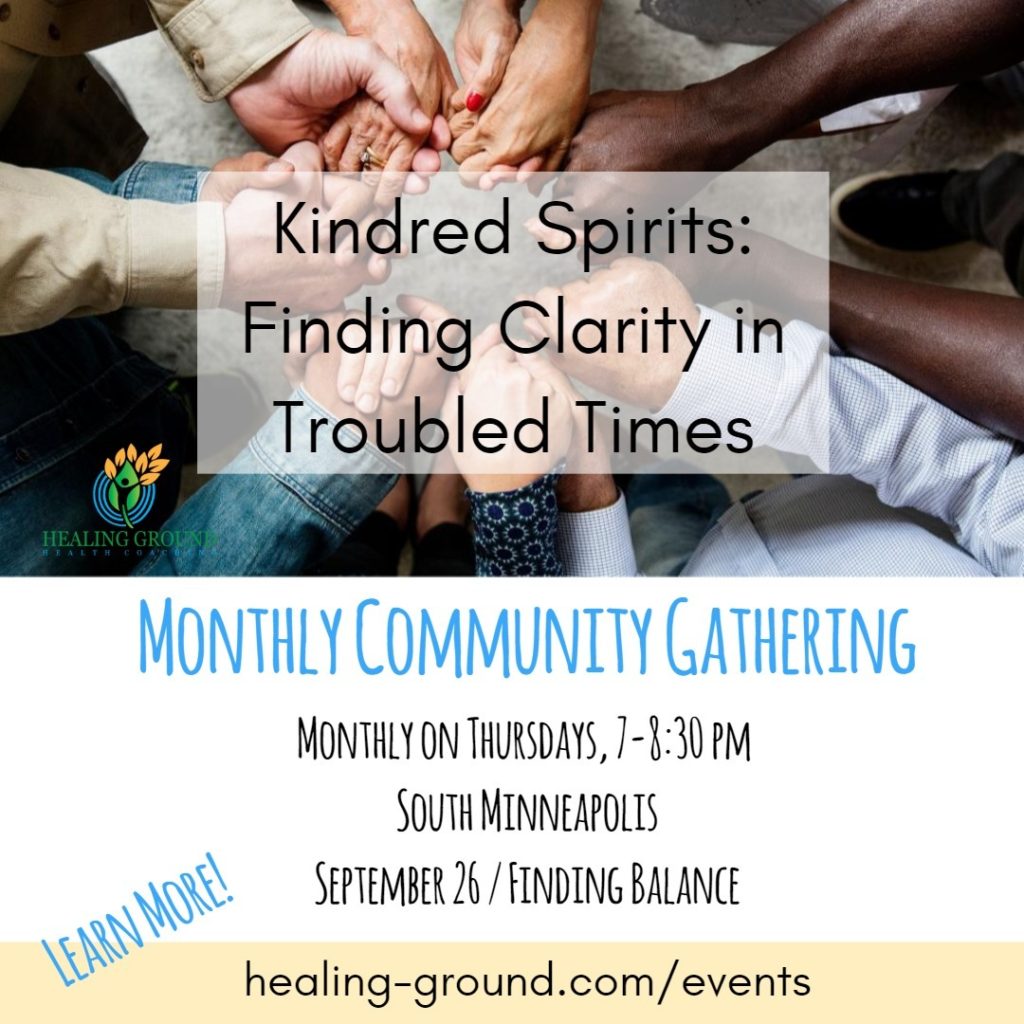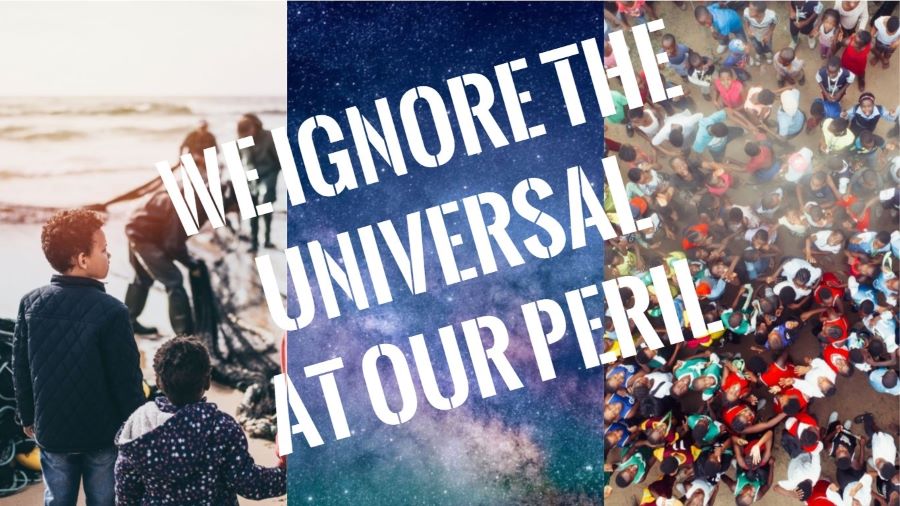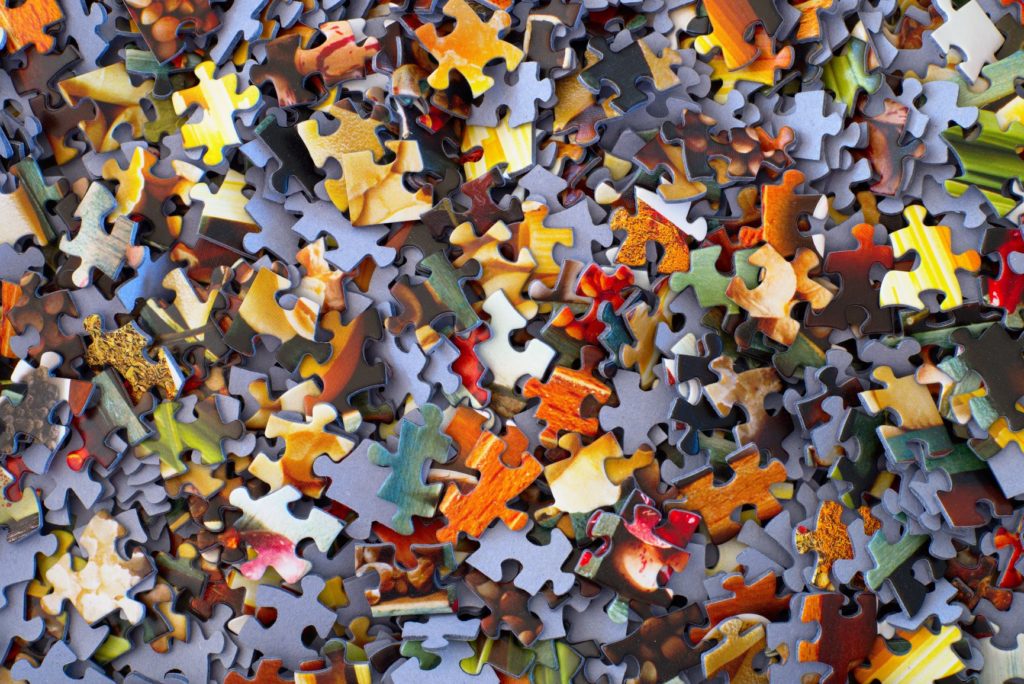It’s been a while since I’ve written. The pandemic was in its infancy the last time I posted. Since then the universal energy has been moving fast. It can be difficult to keep up with the natural forces sometimes.
You don’t need me to lecture about the events of the last few weeks. What I will tell you is that the city in which I live was at the epicenter of a police killing of yet another black man. This happened several miles from my home. Then, as grieving people protested, a reactionary arson and rioting spree commenced in the business corridor less than a mile from my home. And to add to the story, we were all living amidst an historic pandemic with many of us living in a leader-less country. Throughout the activity, the air became hotter and we were living with a level of stifling heat and humidity that was matched only by the permeating sadness. It felt hopeless.
About a week ago I awoke for the first time since in several weeks, feeling rested. I had a real night’s sleep. Outside the air was wet, the helicopters were gone, the prairie was in bloom, the birds were singing like crazy. The bike was calling me. What a privilege—to be able to escape the mayhem!
Back to the source
Because of the pandemic and my age, I opted to stay away from the centers of activity. I felt that I’d be serving the greatest public good by staying home. To stay grounded and to maintain perspective, I spent a lot of time digging in the soil and watching the prairie, perennial, vegetable, flower, and garlic gardens evolving (another privilege these days, I might add). If there was ever a time and place in my life to see how everything is connected, this was it.
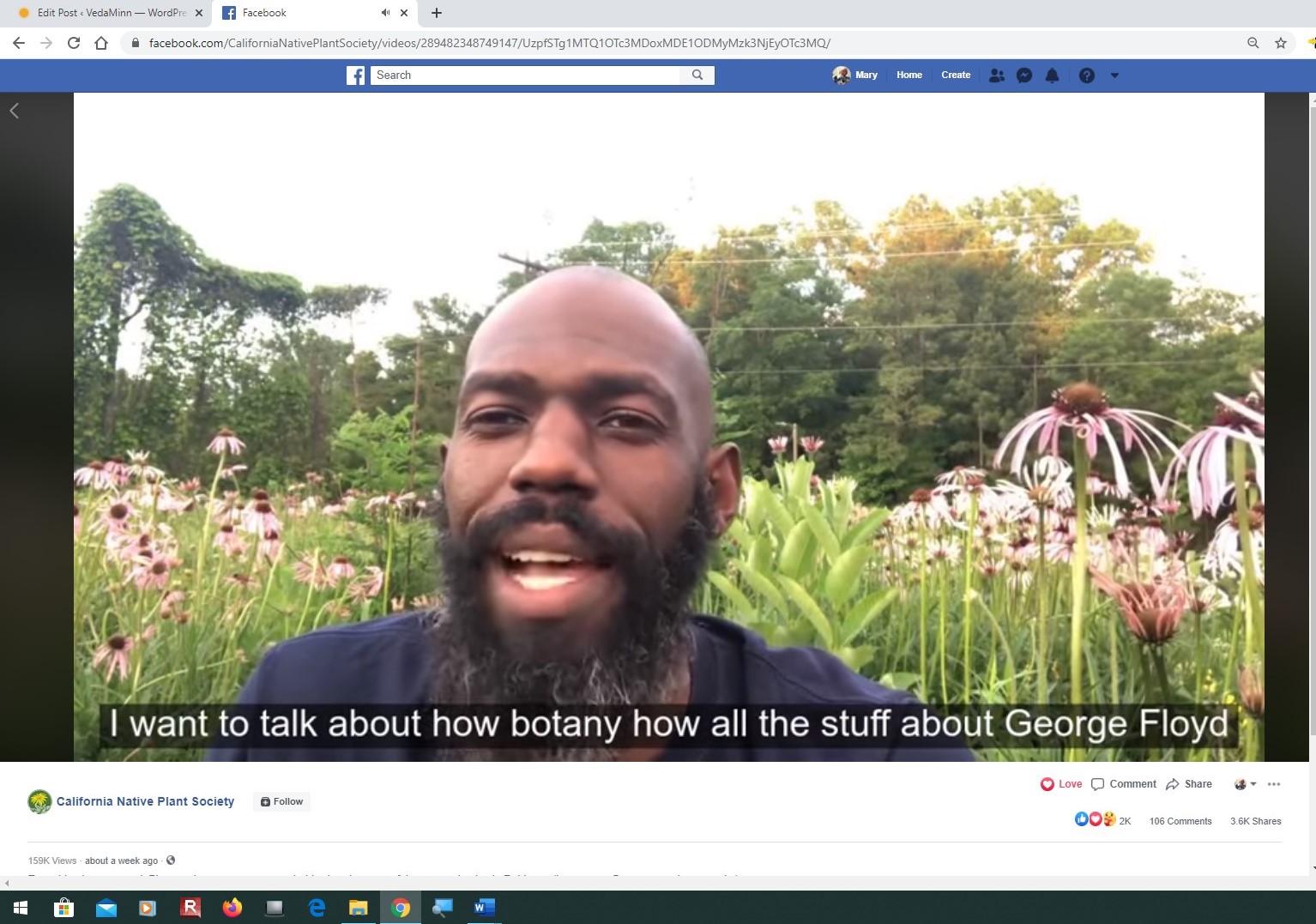
I planted my garlic last fall and topped it with lots and lots of straw and dried leaves (mulch) to help it survive the fierce Minnesota winter. This year the extra mulch I provided made a world of difference in the crop. The garlic looks healthier and happier than I’ve ever seen it at this time of year. With proper care, I expect the garlic harvest to be my best ever.
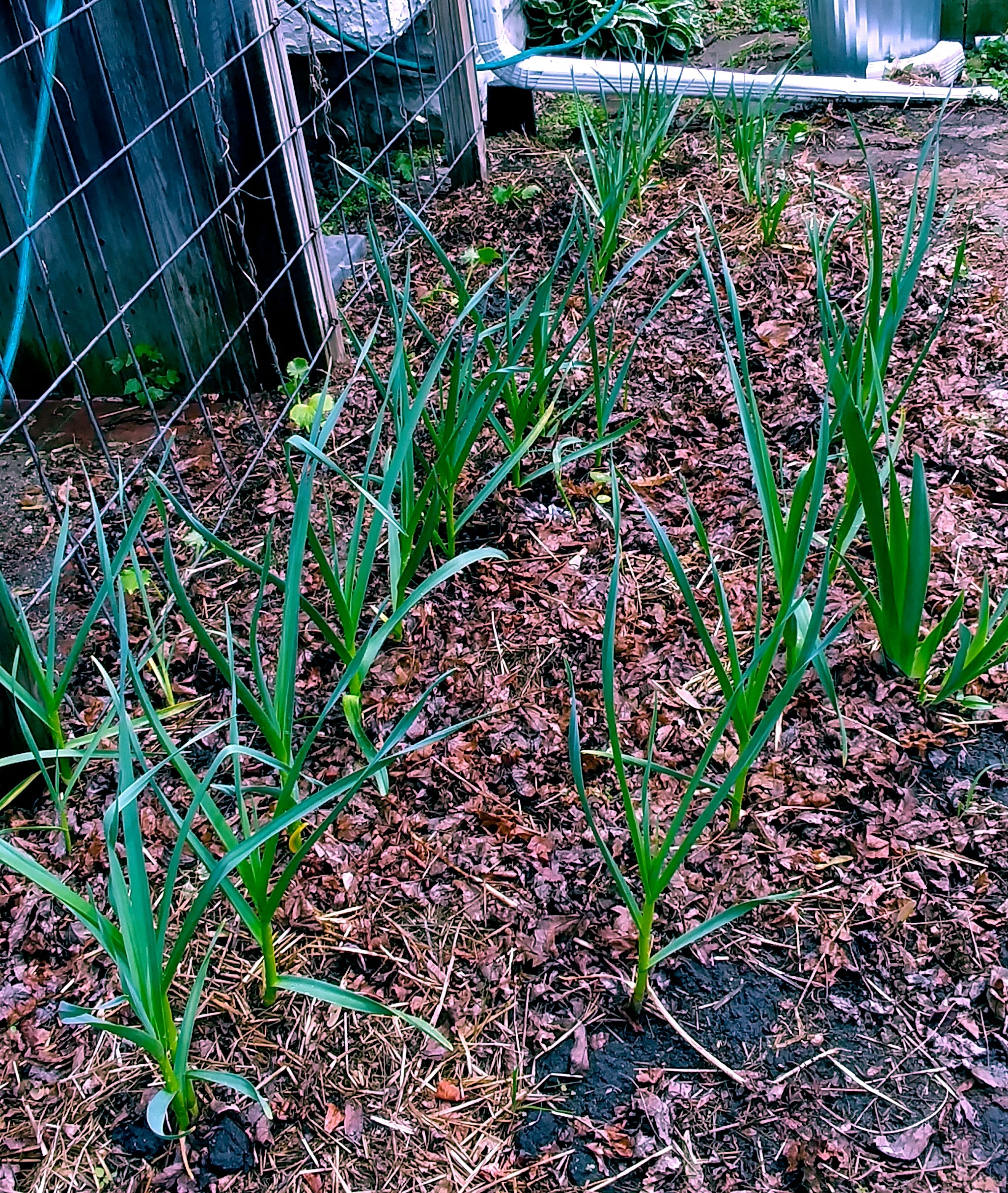
The potatoes at the community garden showed signs of potato bugs so we sprayed them with soap and water and it looks like we’ll have a good harvest. I planted seeds for a variety of greens but only the dino-kale germinated properly. I separated the kale and replanted the plugs, dug up that area of the garden, and planted summer squash starter plants given to me by a friend.
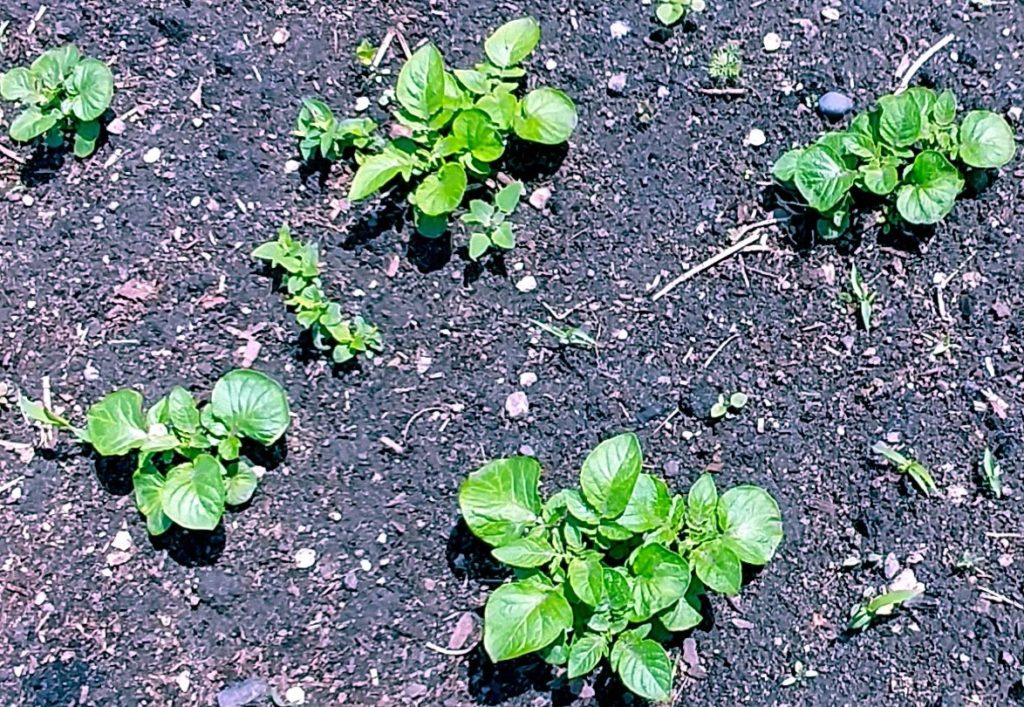
The beloved prairie has been in bloom, and is generally self-sustaining, as is the way with prairies. Each plant gives way to another. Getting this bed to this point about six years ago required completely re-configuring the strip along the garage. What was existing there, invasive weeds, had to go. I puzzled over organic and sustainable ways to start from scratch. It was difficult, but in the end it worked and self-sustaining beauty evolved.
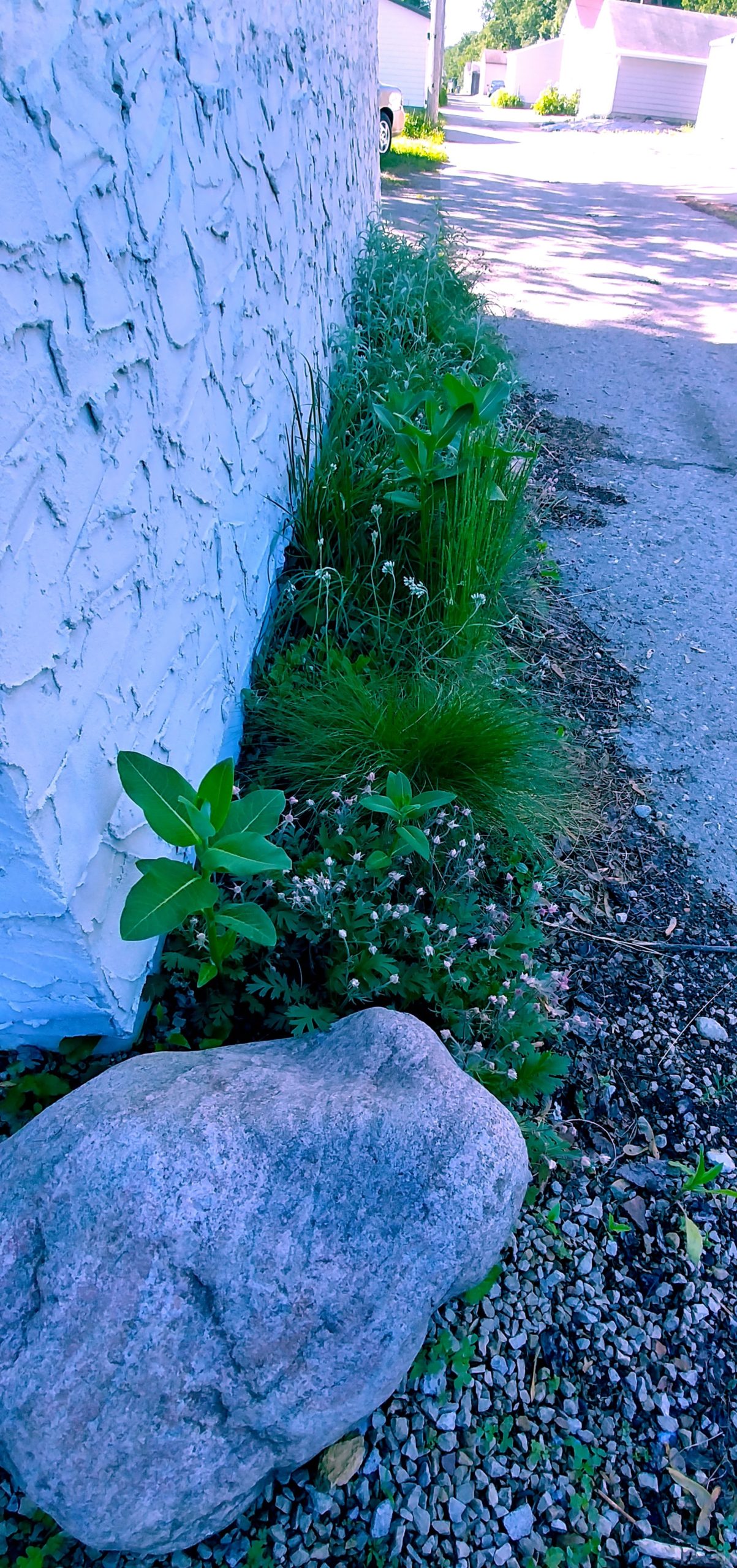
My newest bed, back in the shade off of the alley, is finally beginning to thrive. I weed some, putter around a lot, investigate, and wonder. So far the hosta, coreopsis, irises, and sedum seem happy. It was a lot of work getting that garden started: scoping out the patch of earth and its relationship to the sun, pruning the adjacent shrubs, laying cardboard and newspapers (compliments of many friends) and topping them with rocks to kill the weeds, locating plants (again compliments of many friends), planting, hauling, and laying mulch (again, compliments of friends). And then, agonizing over whether the garden would “take”. It was ugly at first but it’s two years in and it appears that the hard work up front has allowed the garden to grow and begin to thrive. With a little maintenance and care, I expect the garden will contribute to our community.
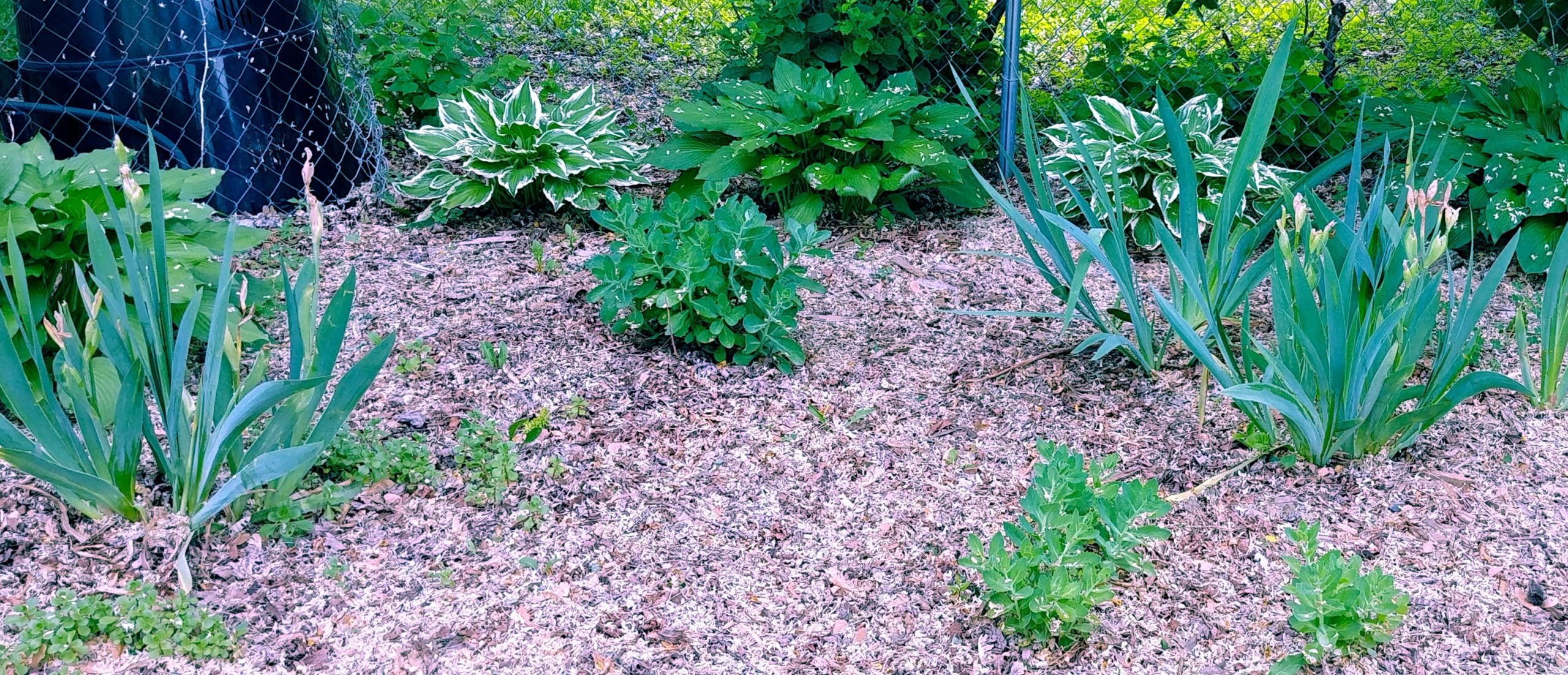
A time to…
As I look at our human garden, I wonder if we aren’t starting the reestablishment process. It might be time to look at our human institutions and create the conditions for new systems. Maybe we need to completely eliminate some systems, and plant new ones that are more adapted to our communities.
We might consider institutions that thrive and are nurtured and sustained by community input. Instead of cutting people off when they don’t immediately flower, what might happen if we applied the same compassion to other people that we apply to our own children and grandchildren? For many, the world feels ugly right now, but others see the potential underneath all the unsightly mulch, cardboard, rocks, and wet newspapers.
Blooms
In the back yard an iris I planted several years ago has been a total dud—no blooms, just boring go-nowhere iris leaves. I was planning to dig it up and toss it. But on memorial day this year my dud of an iris flowered into brilliant pure white blooms. What a lovely gift! Iris people love to name their irises. I’ve named mine the Mr. George Floyd Iris.
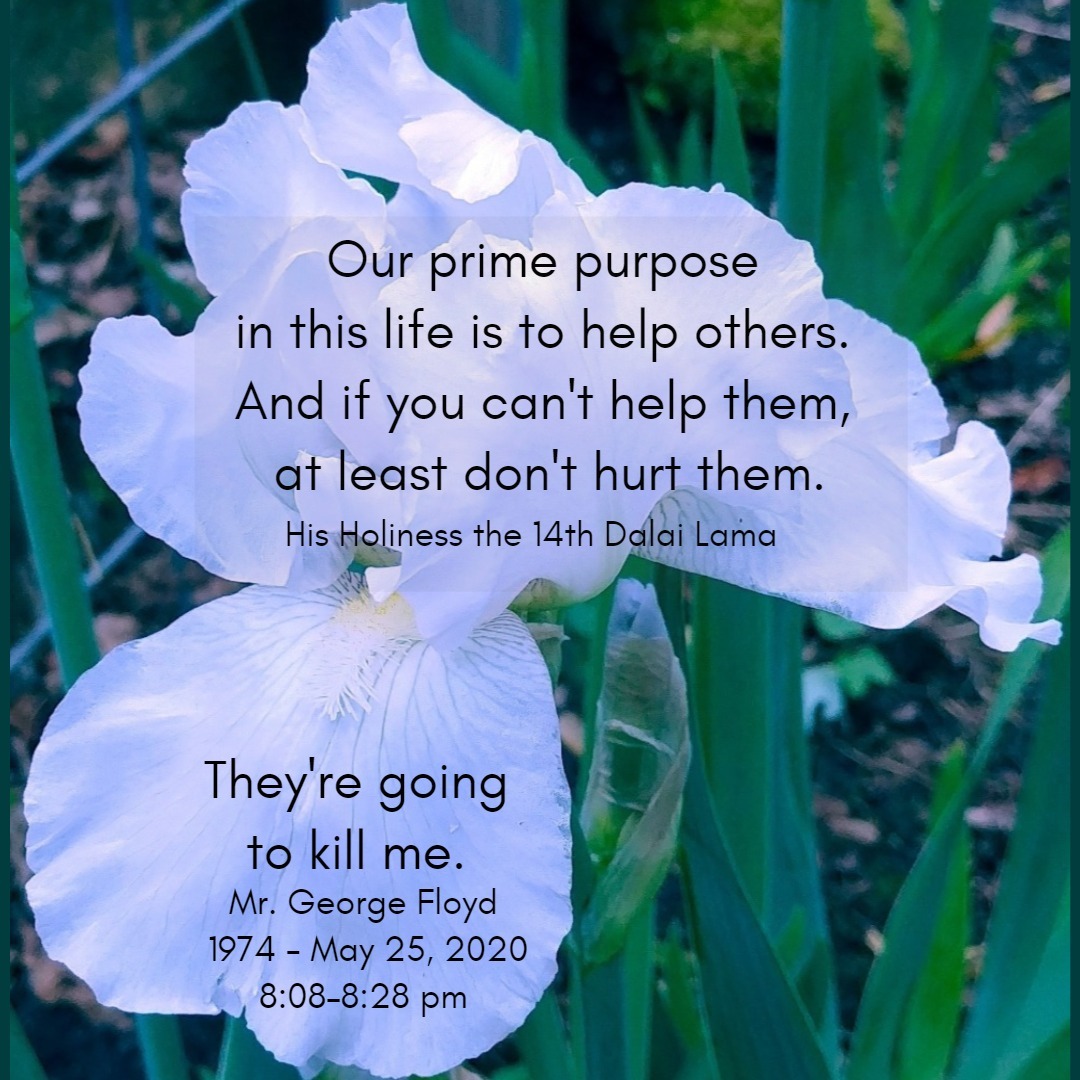
Kindred Spirits, June 18th
The Kindred Spirits online Zoom gathering has been a great international community connection point. The next gathering will be Thursday, June 18th from 6:30 p.m. to, at the latest, 8:00 p.m. central daylight time. It’s free and all people of loving intention are invited. This month our topic will be “Taking Responsible Action”. The gathering includes group meditation, a brief presentation, and conversation. It’s free but you must register to attend. You can register on the Healing Ground website.
